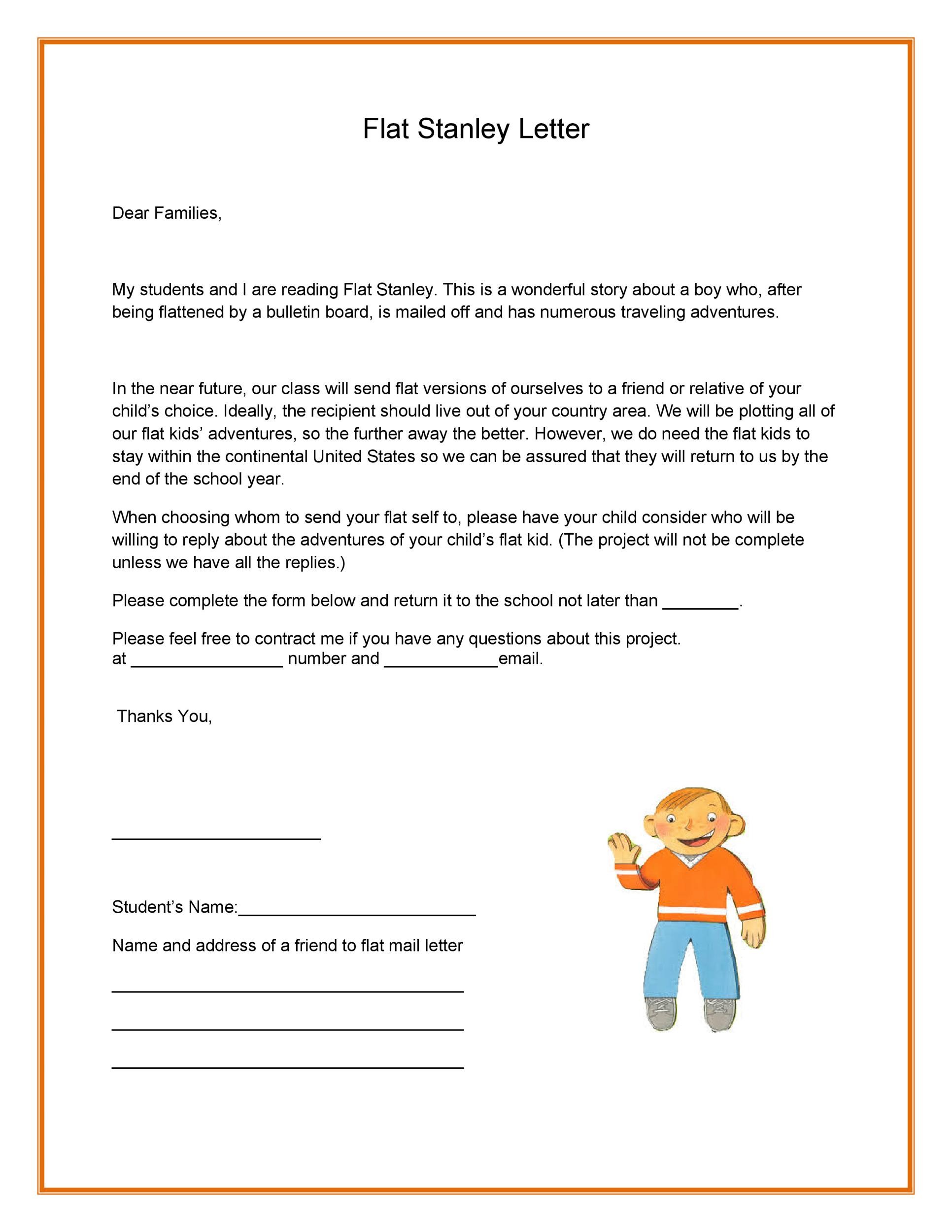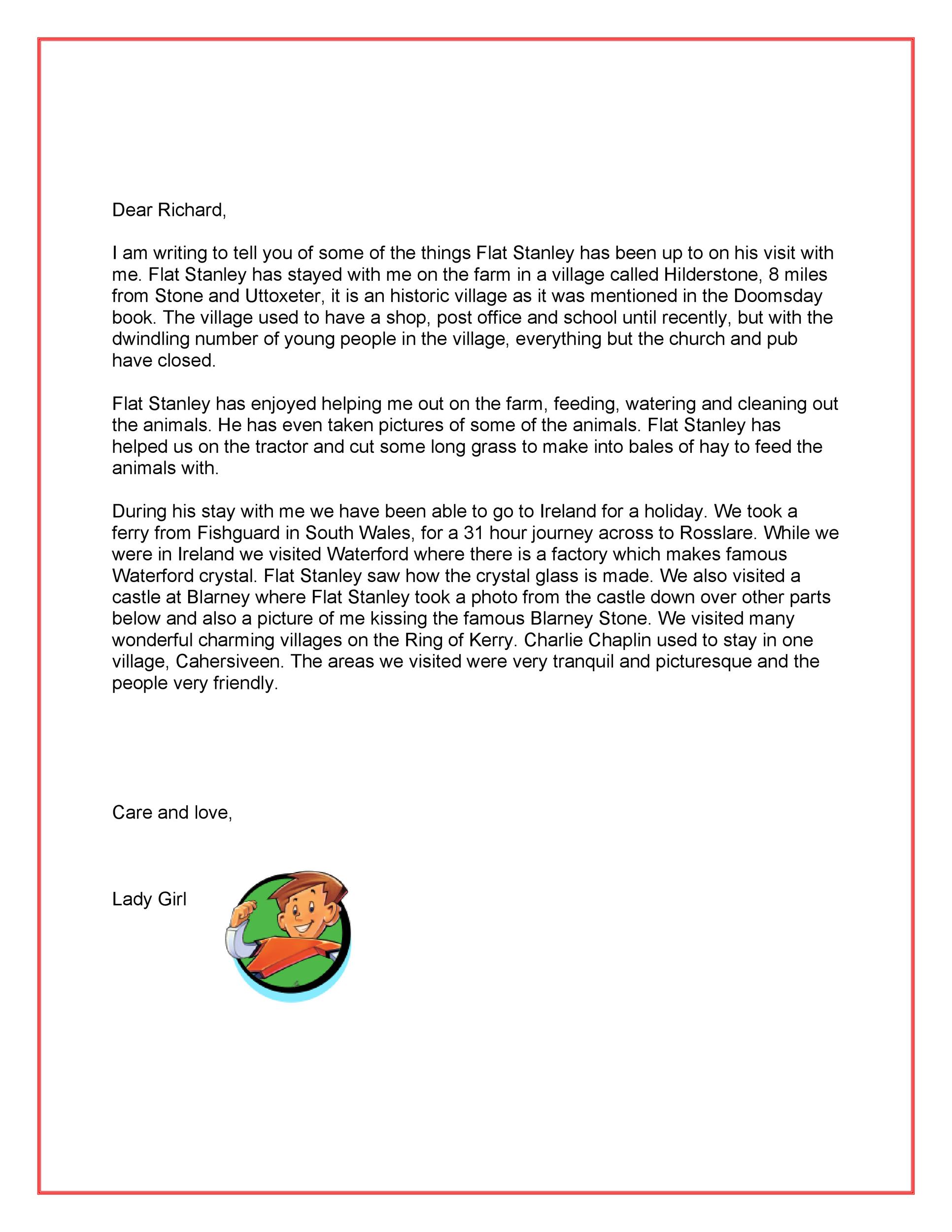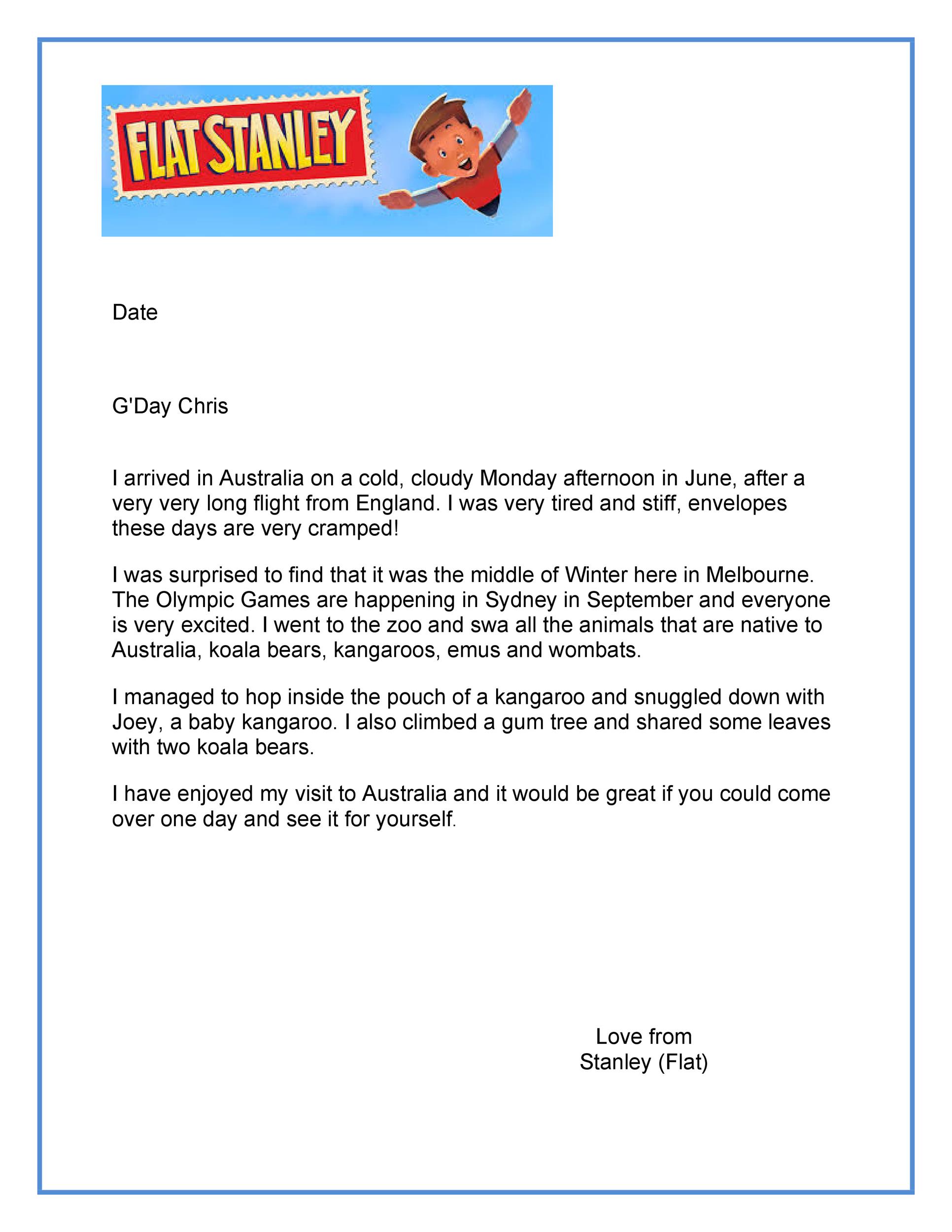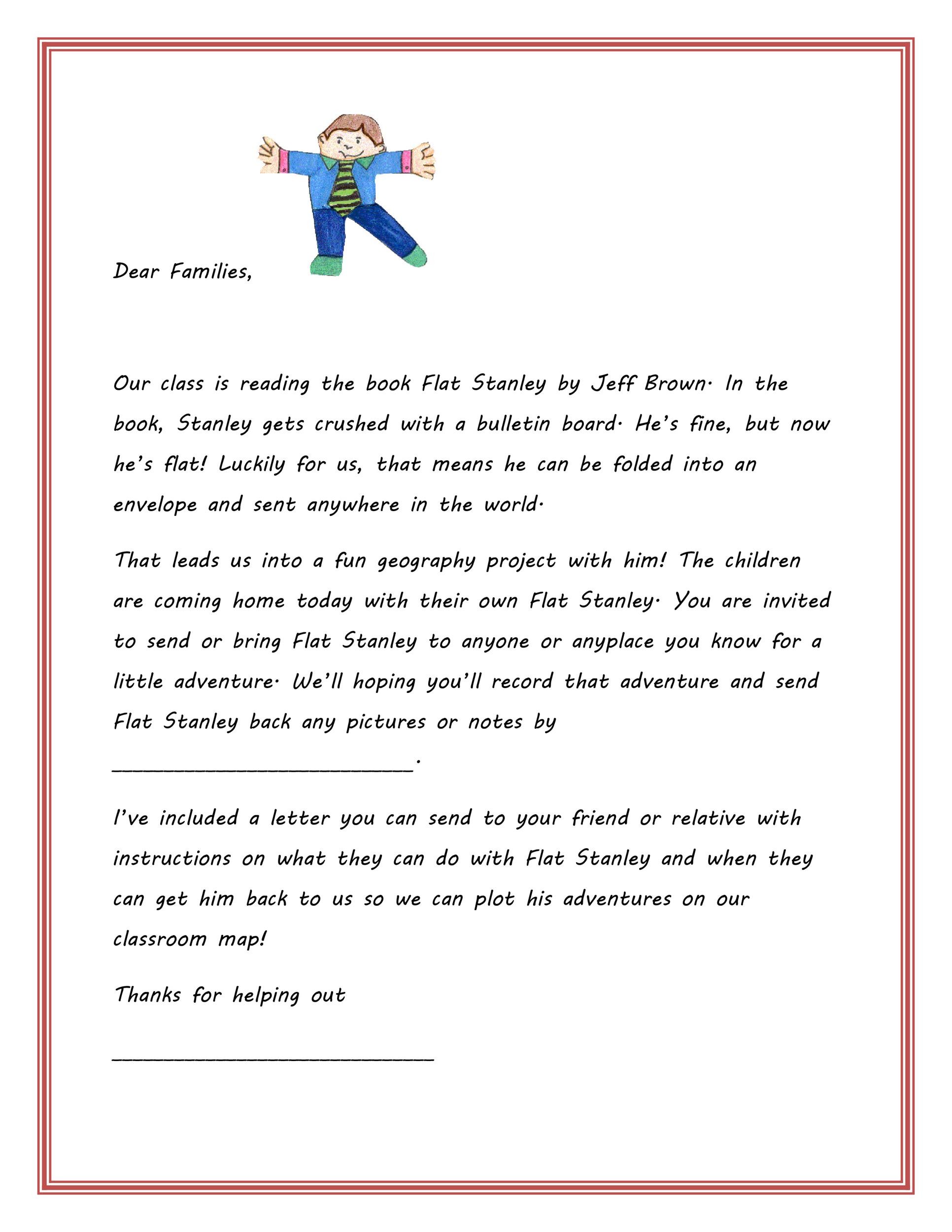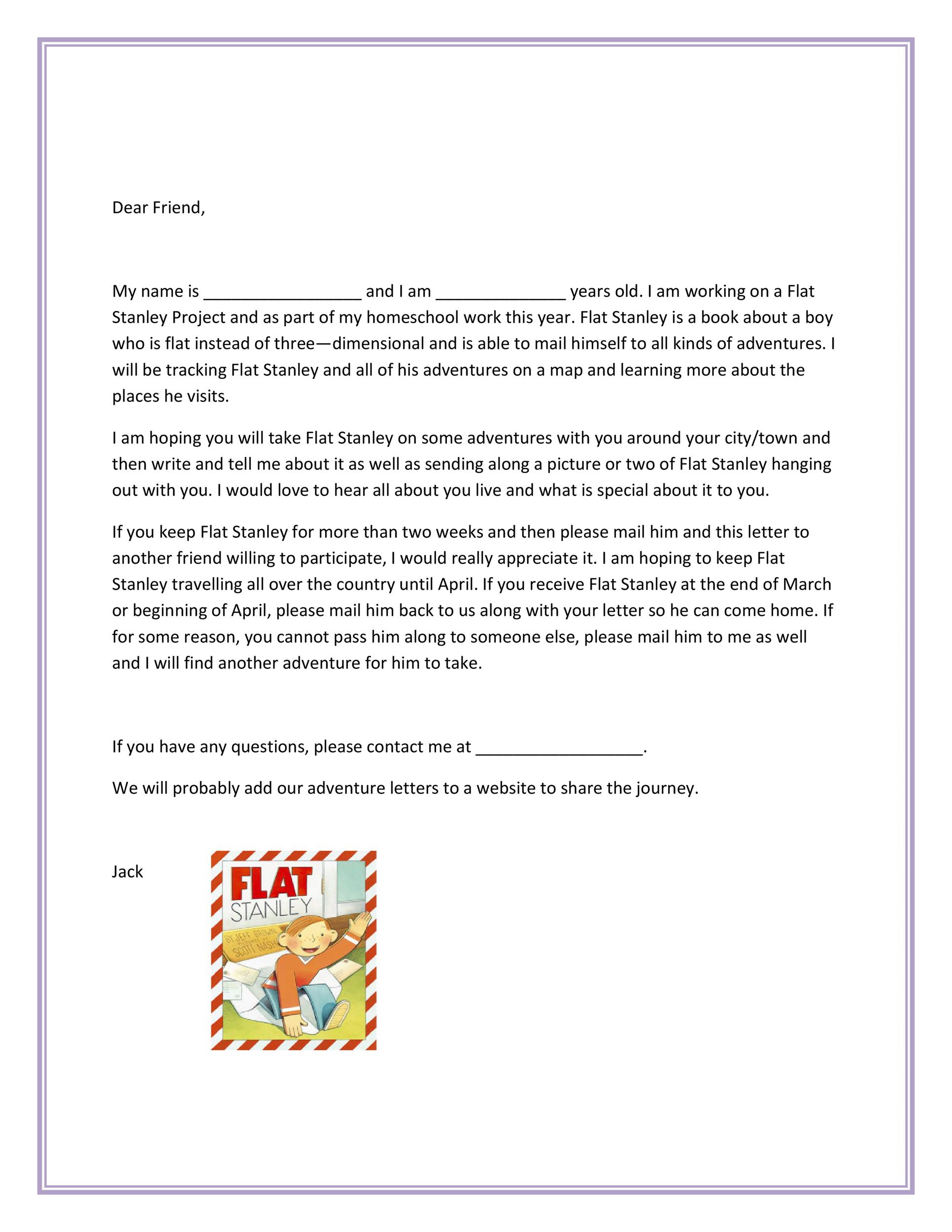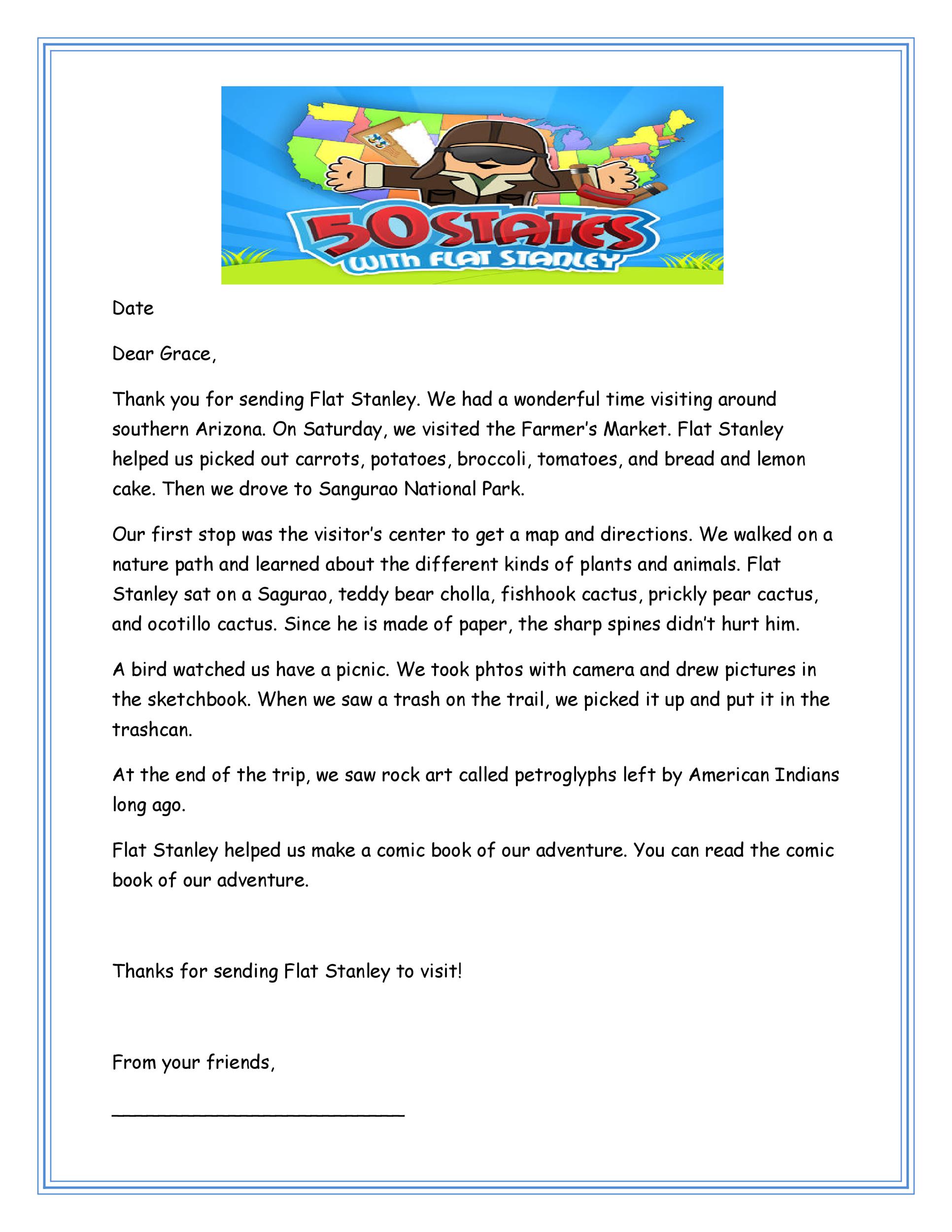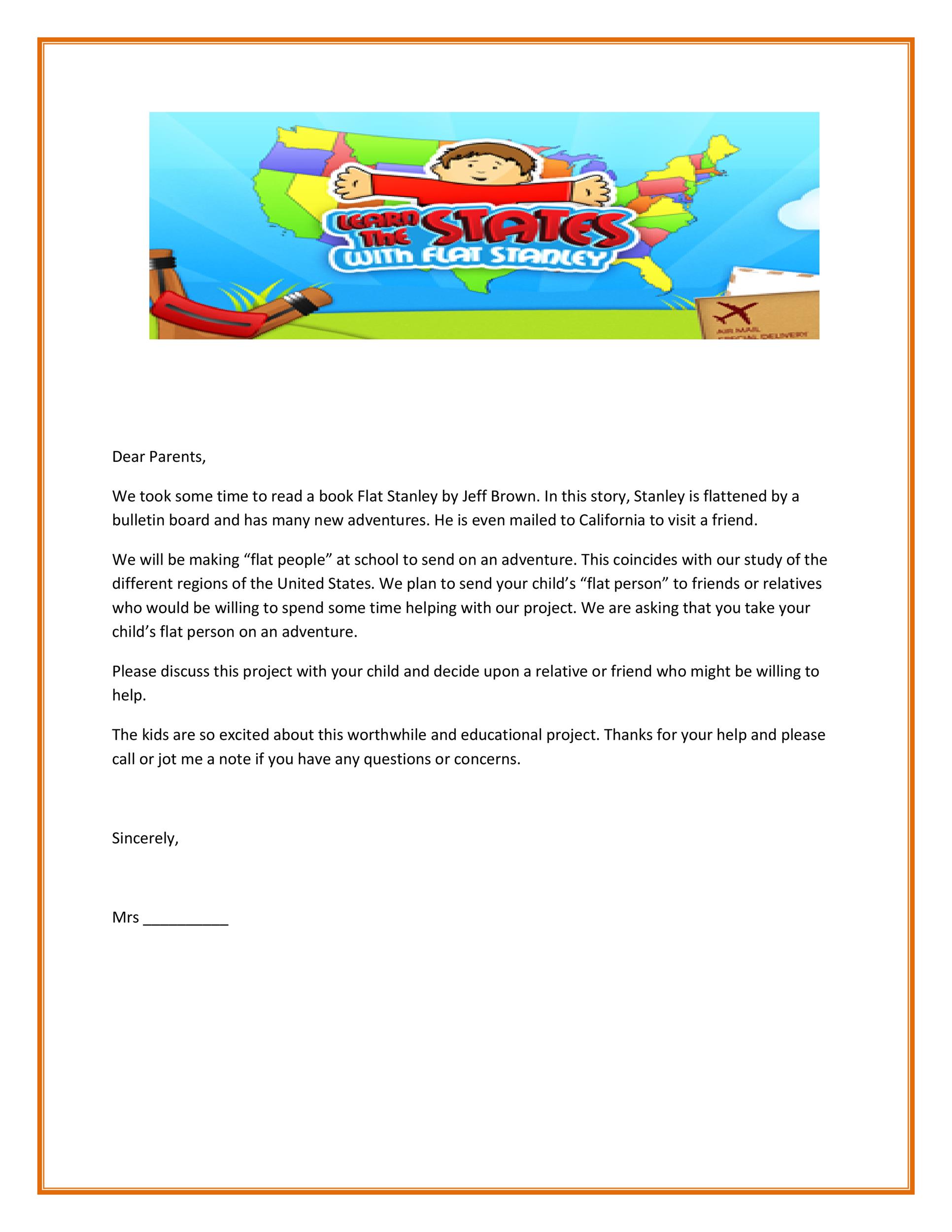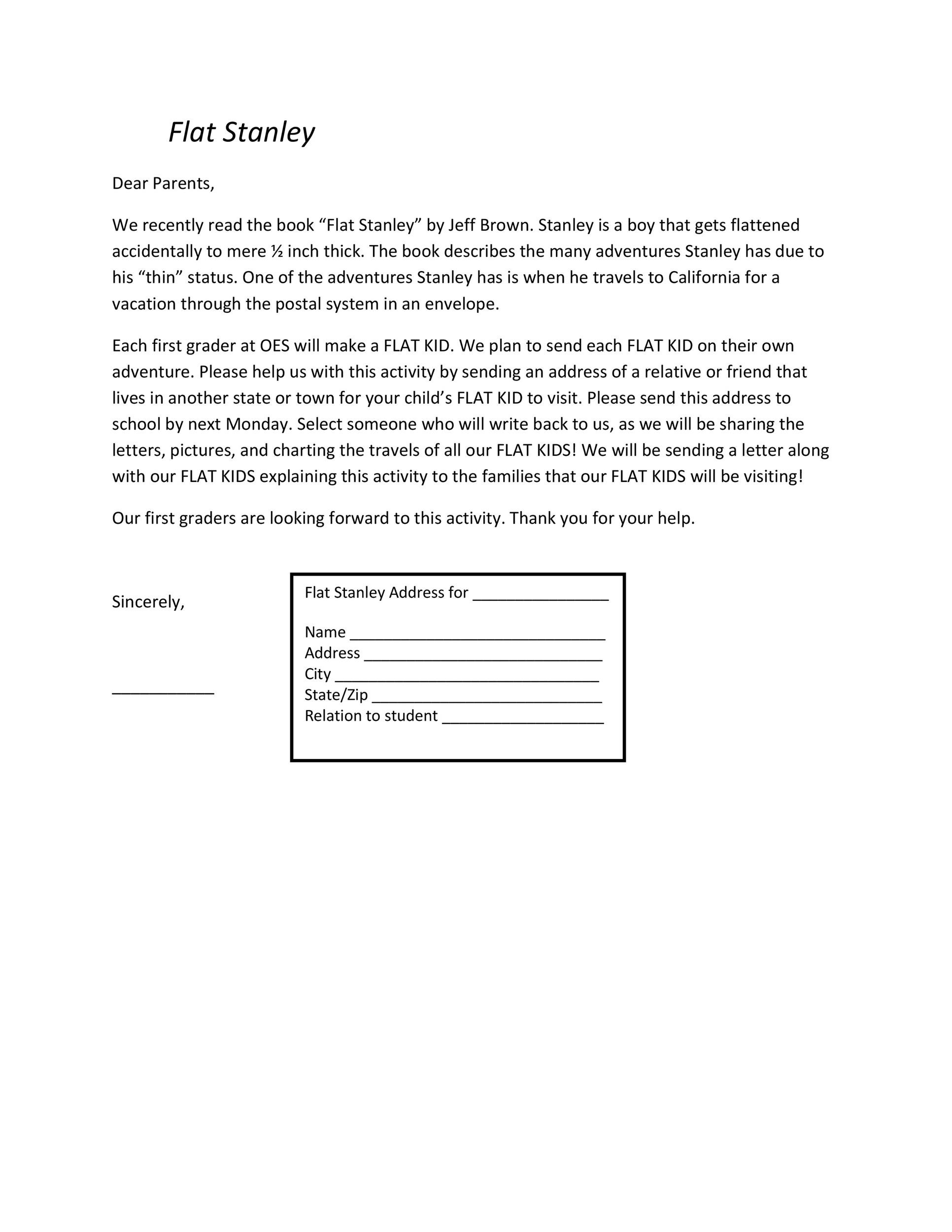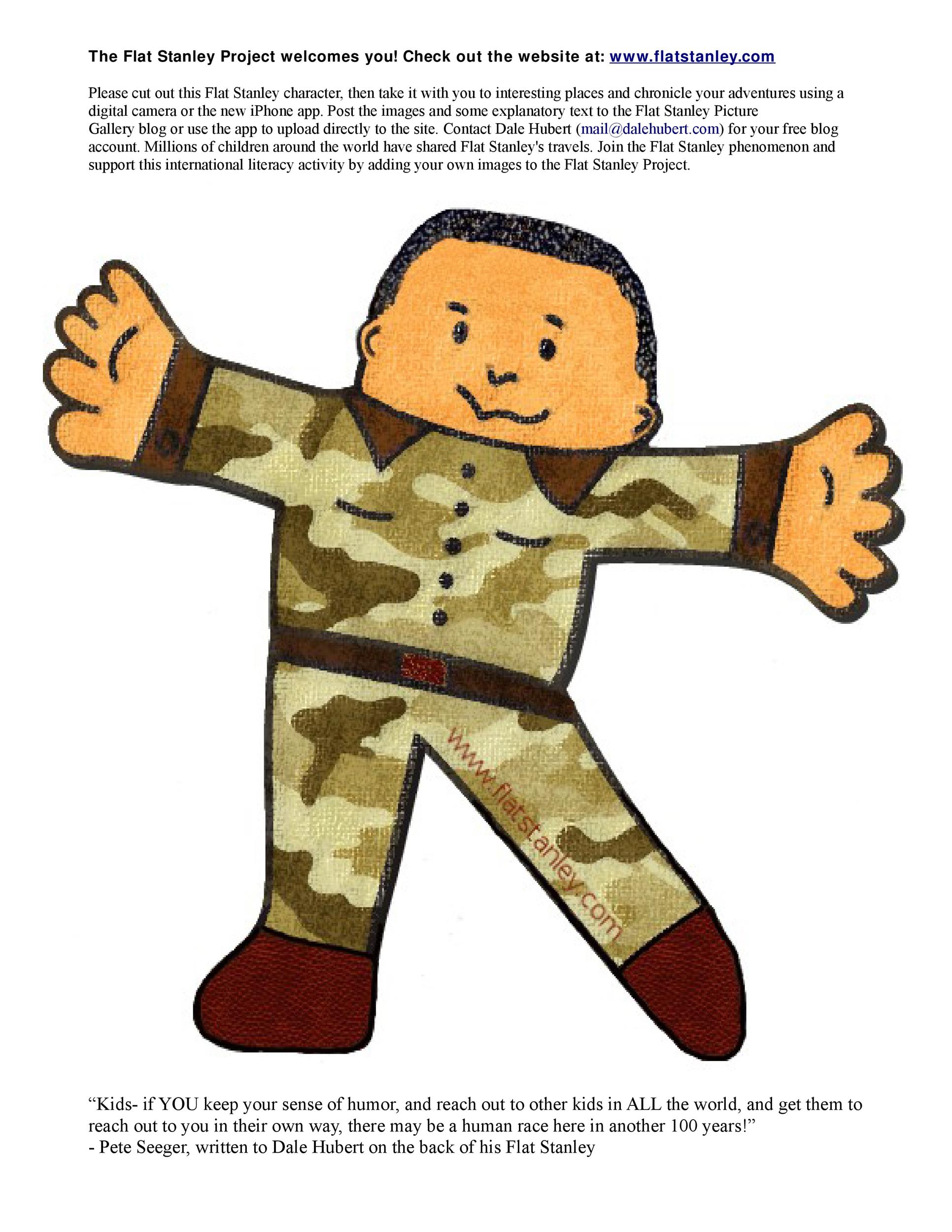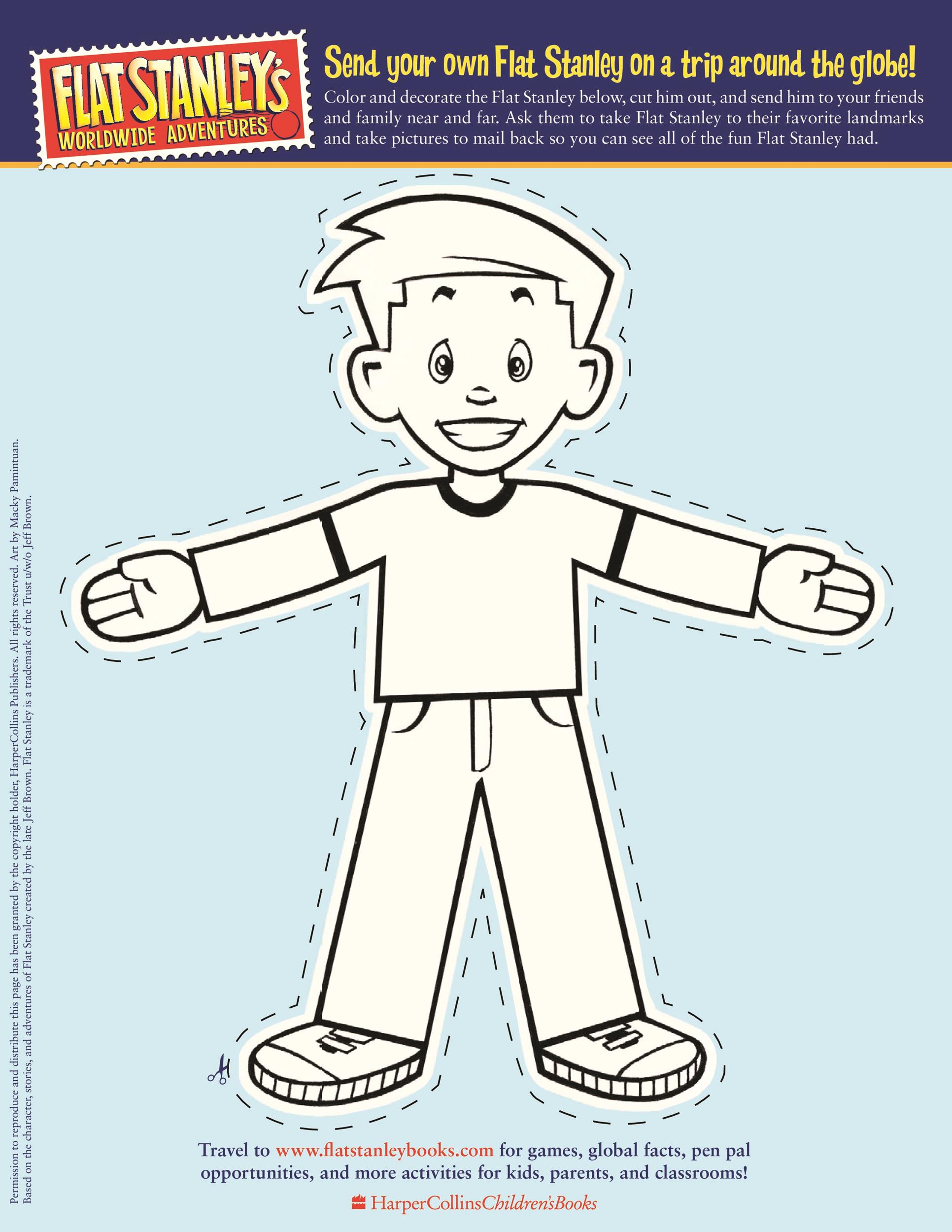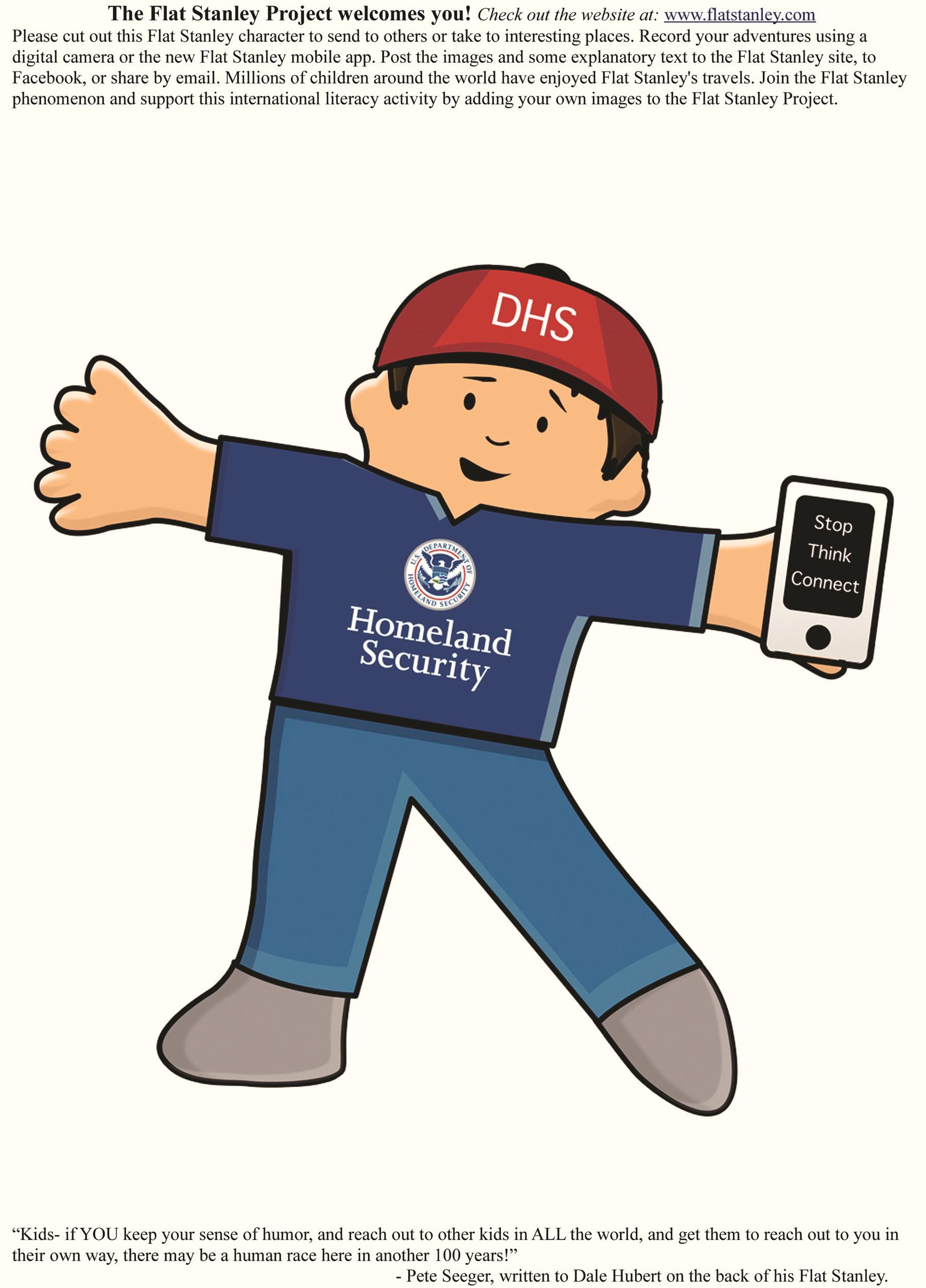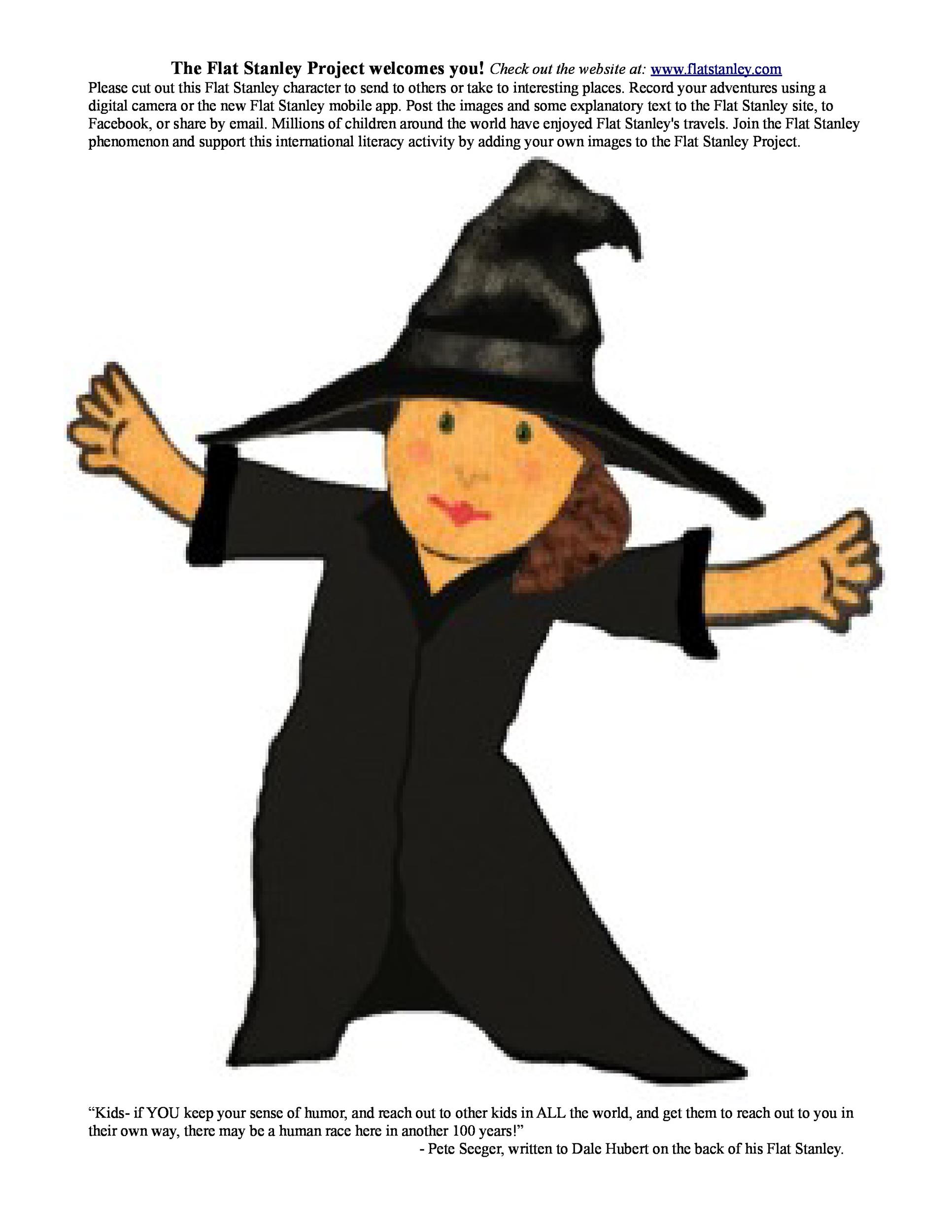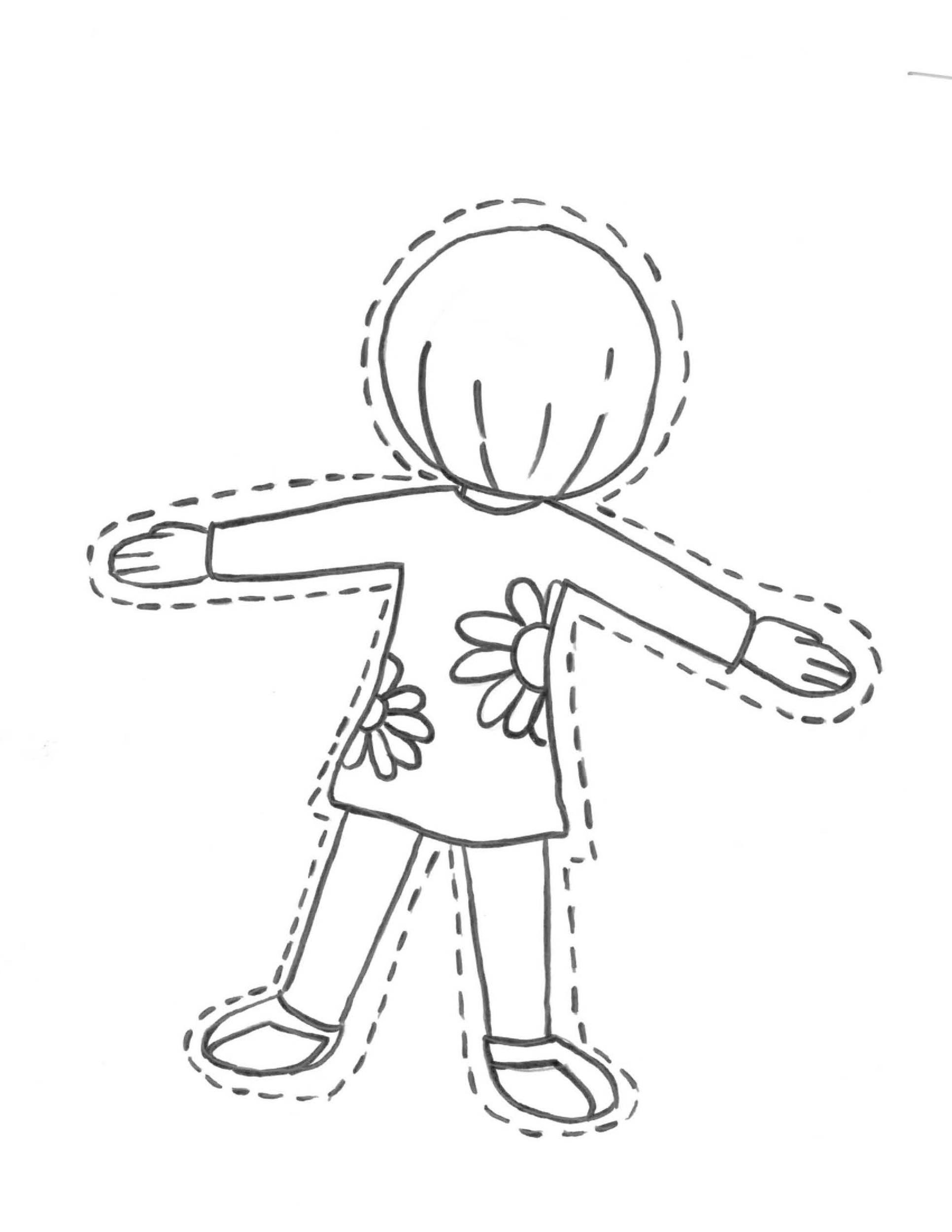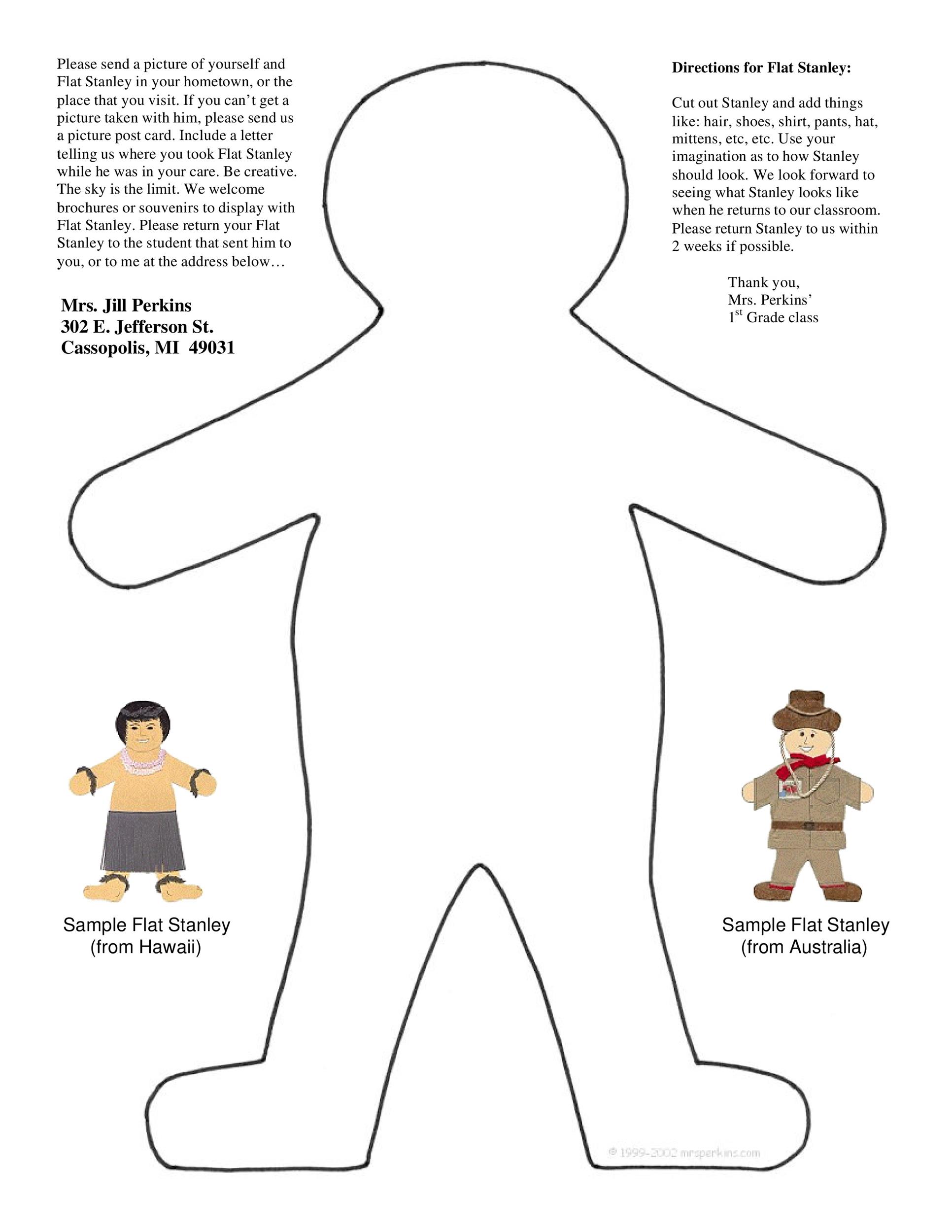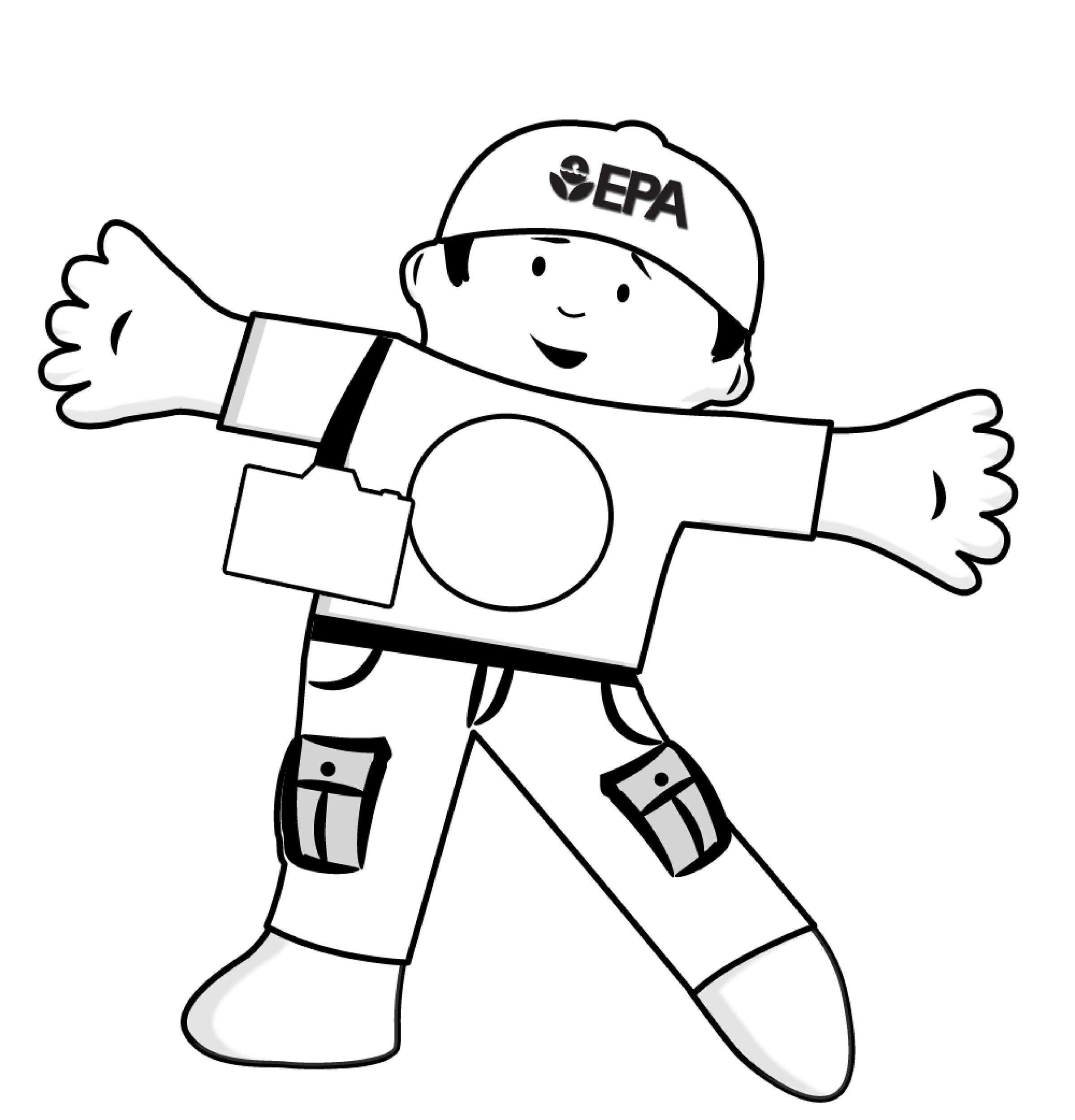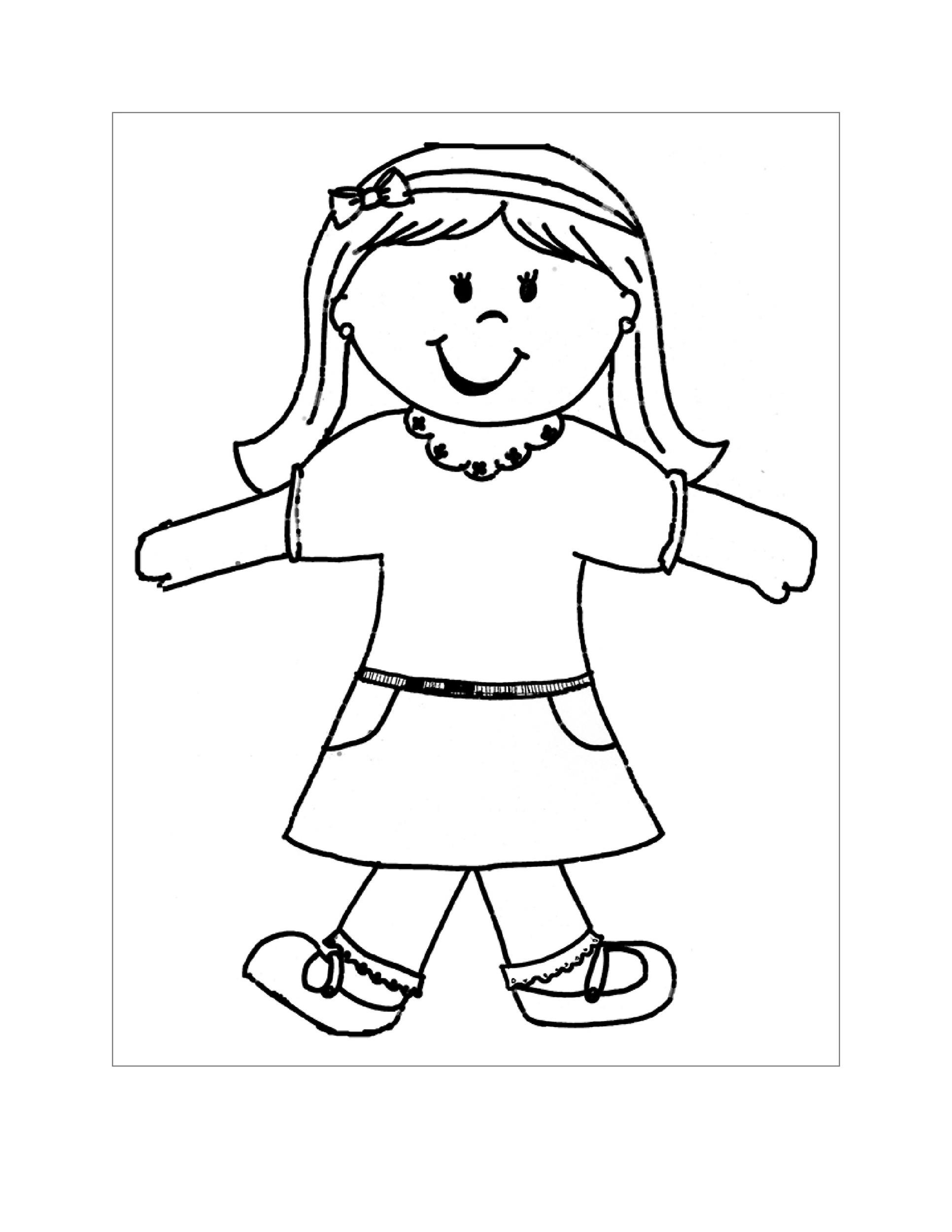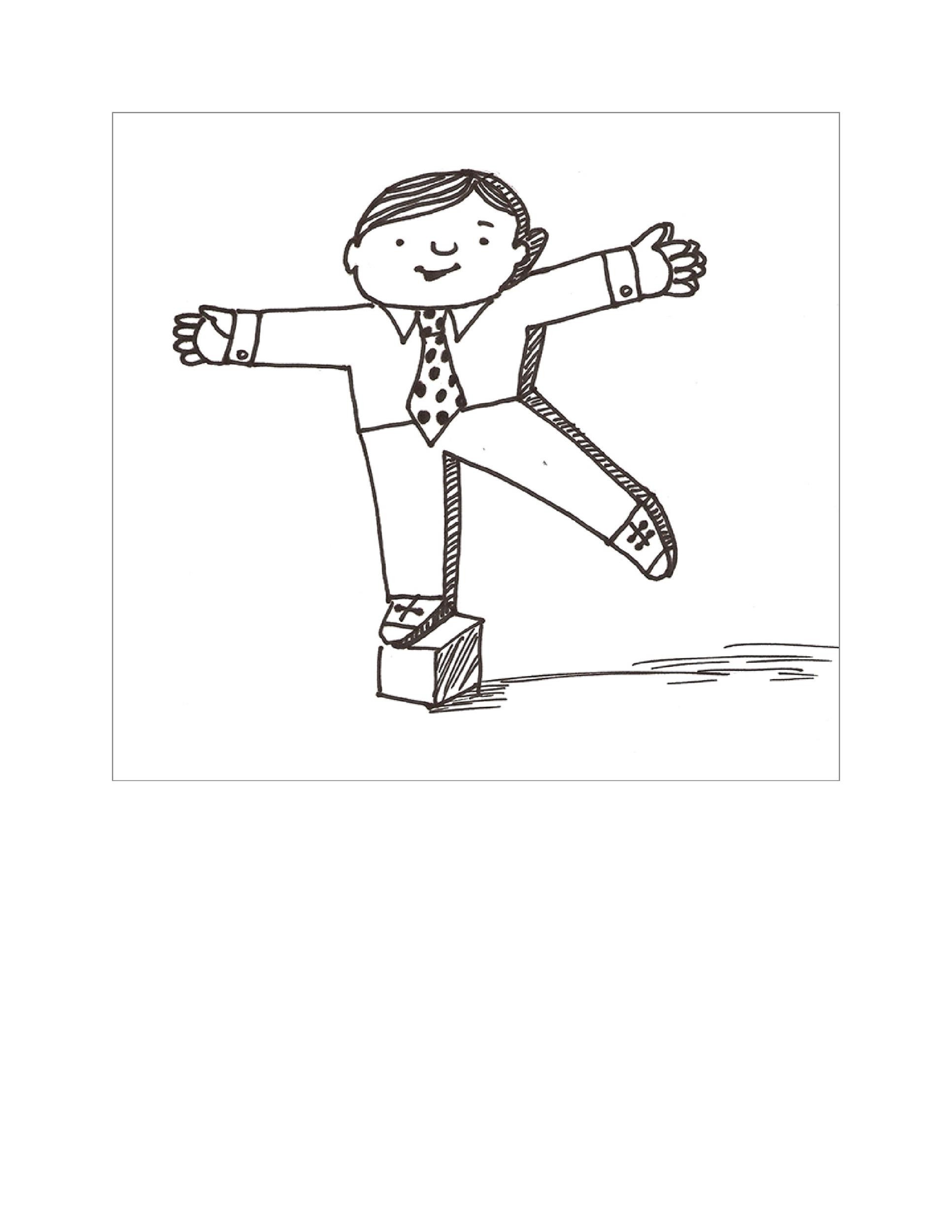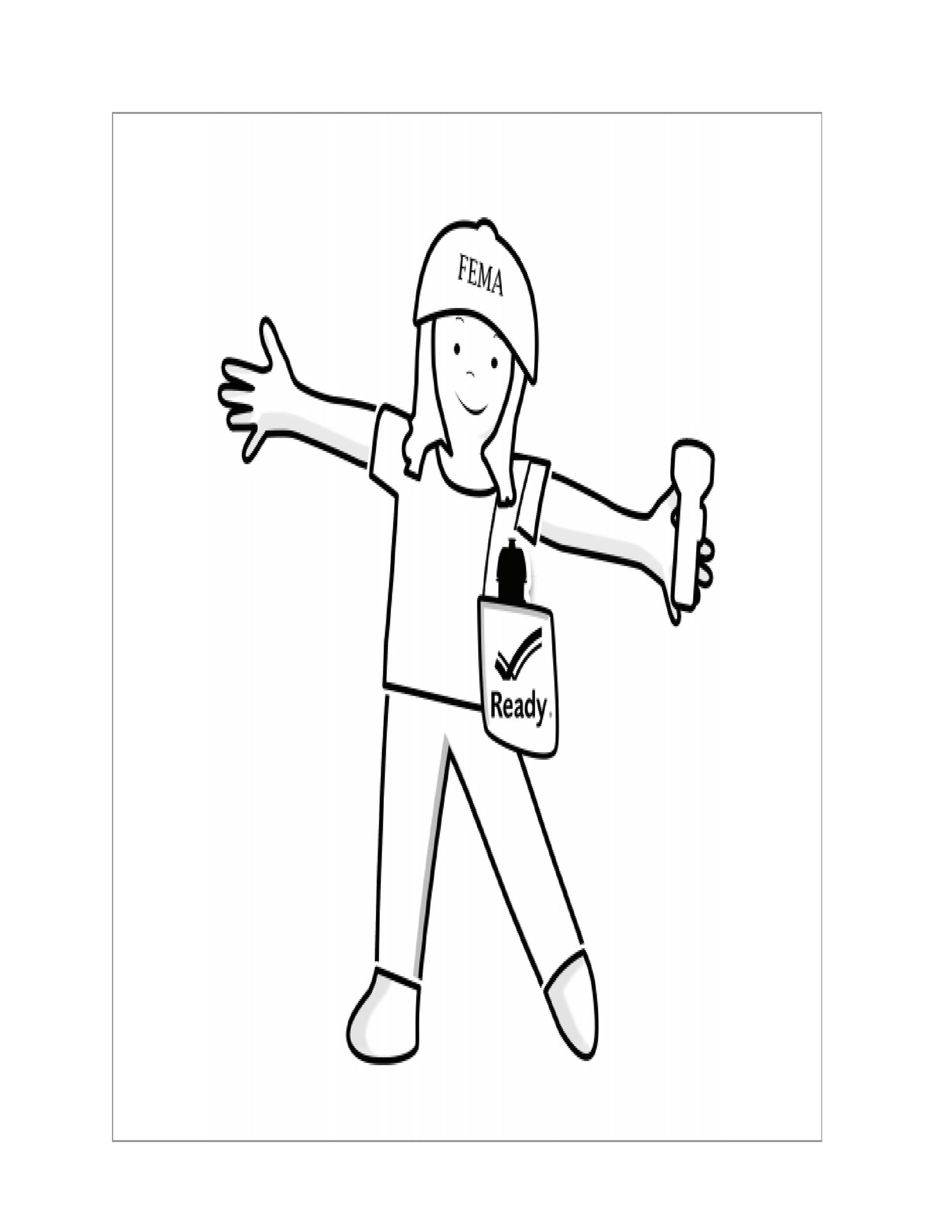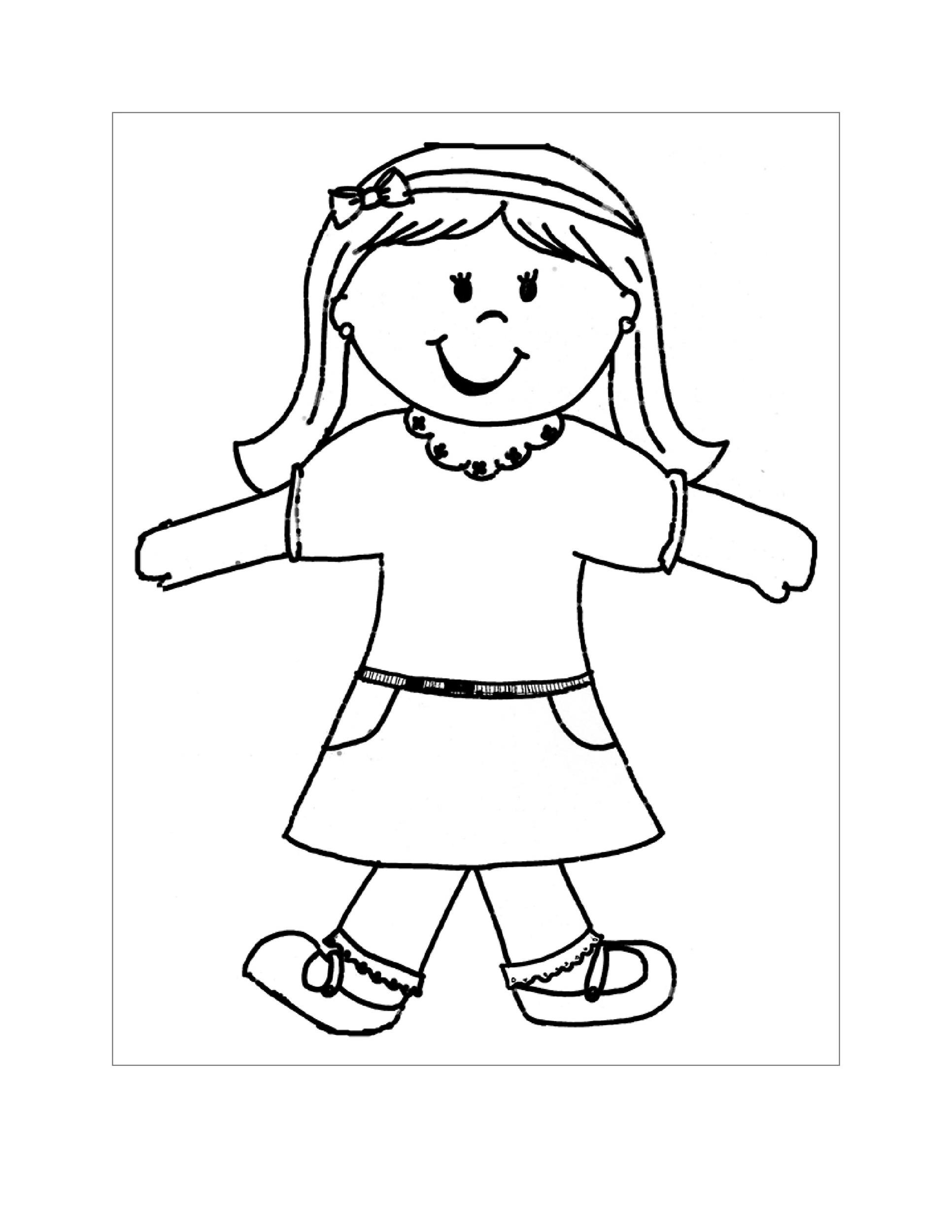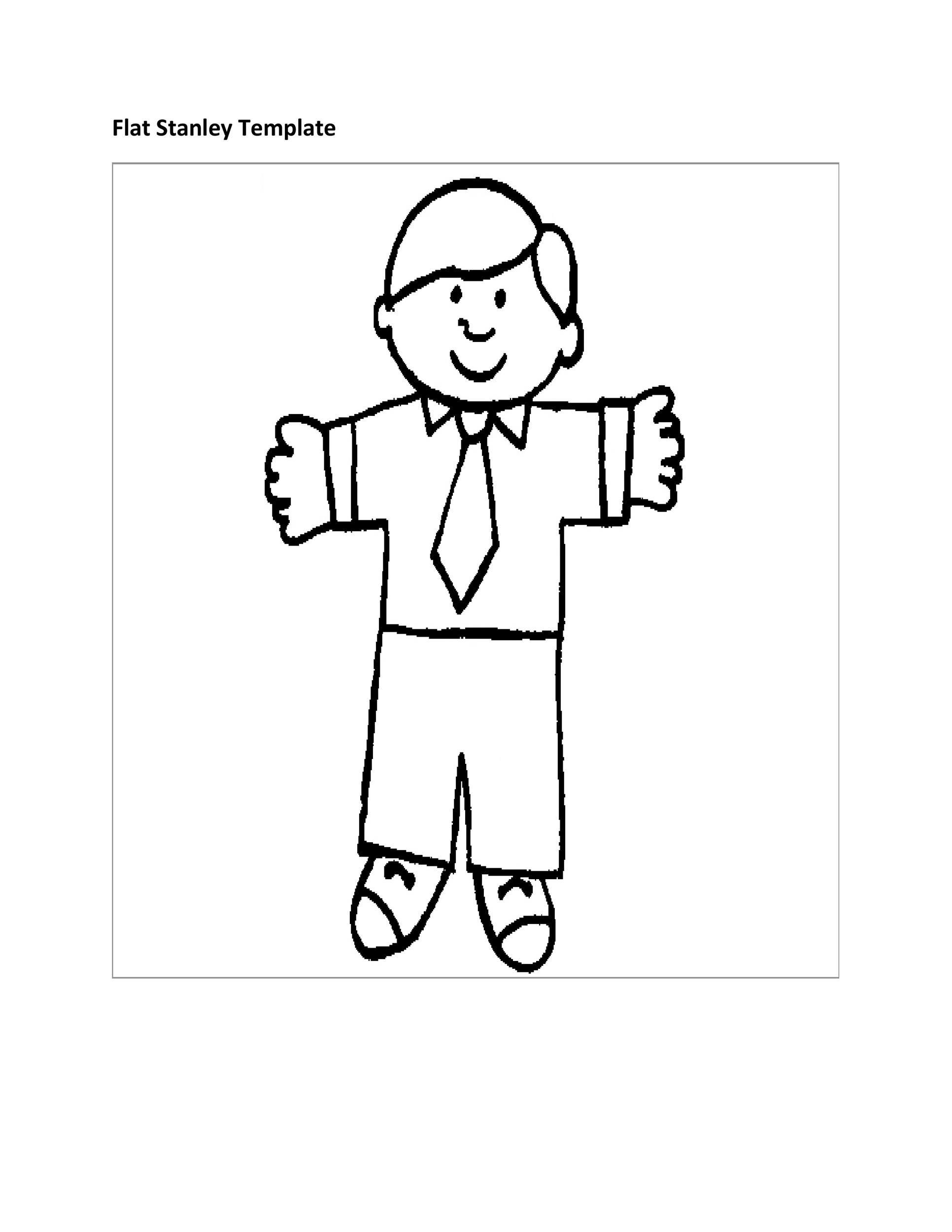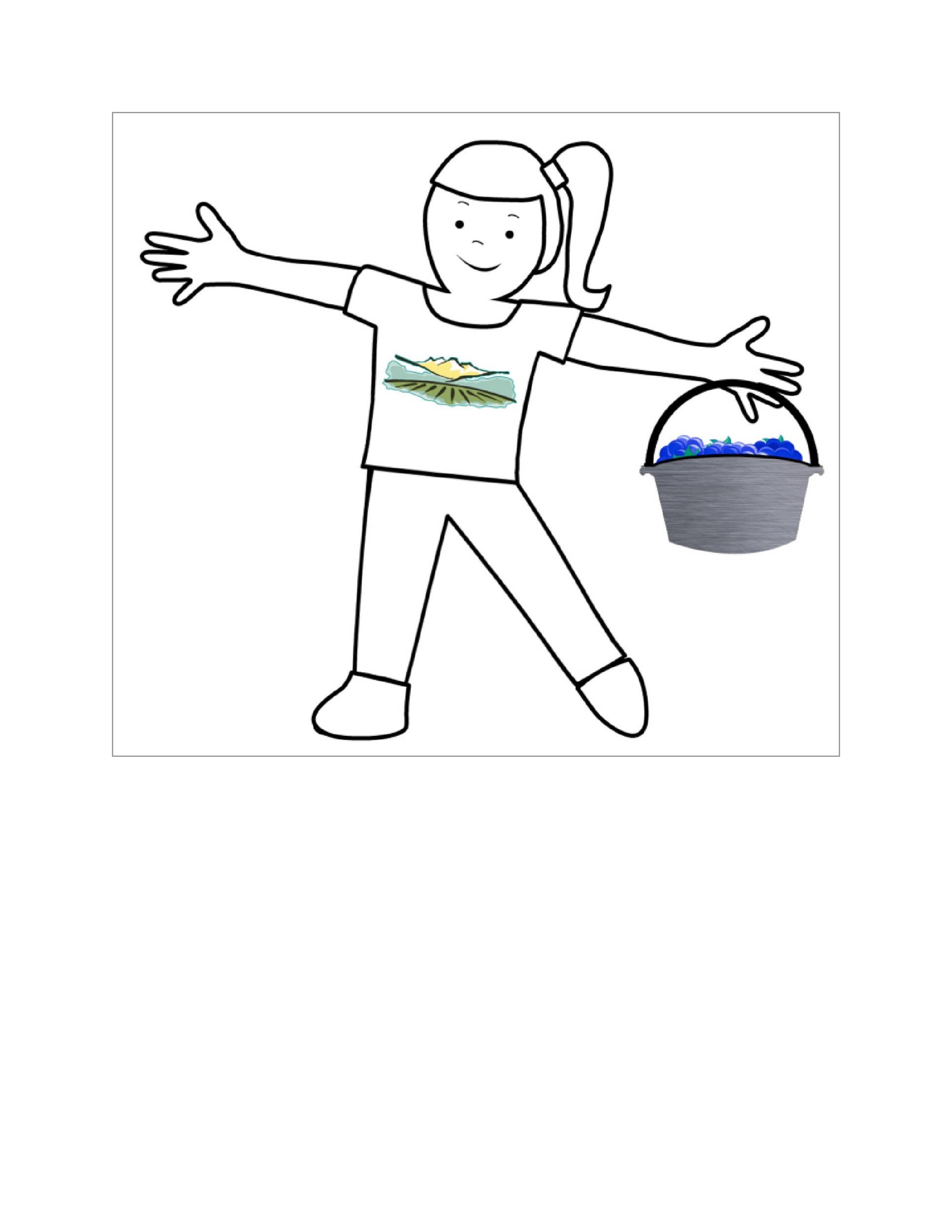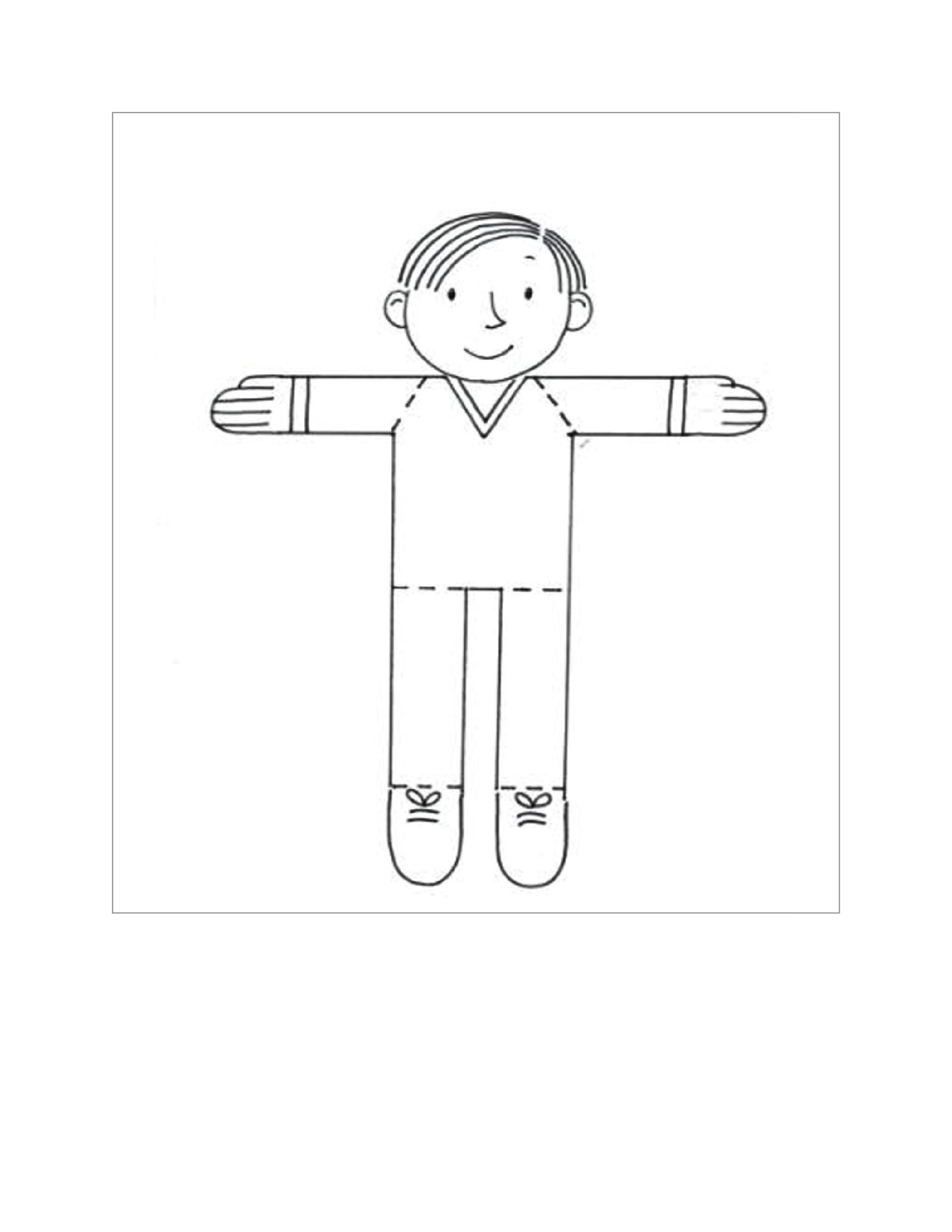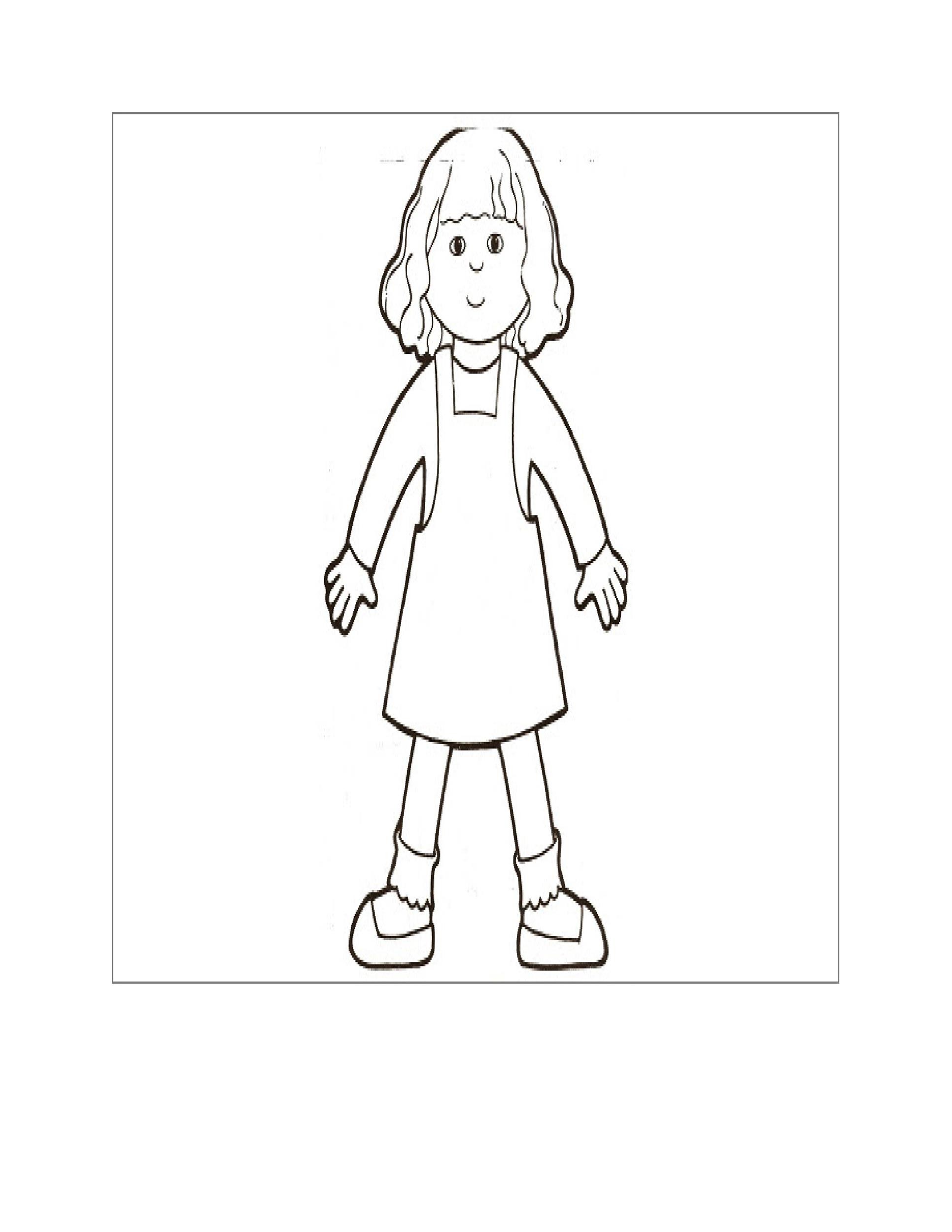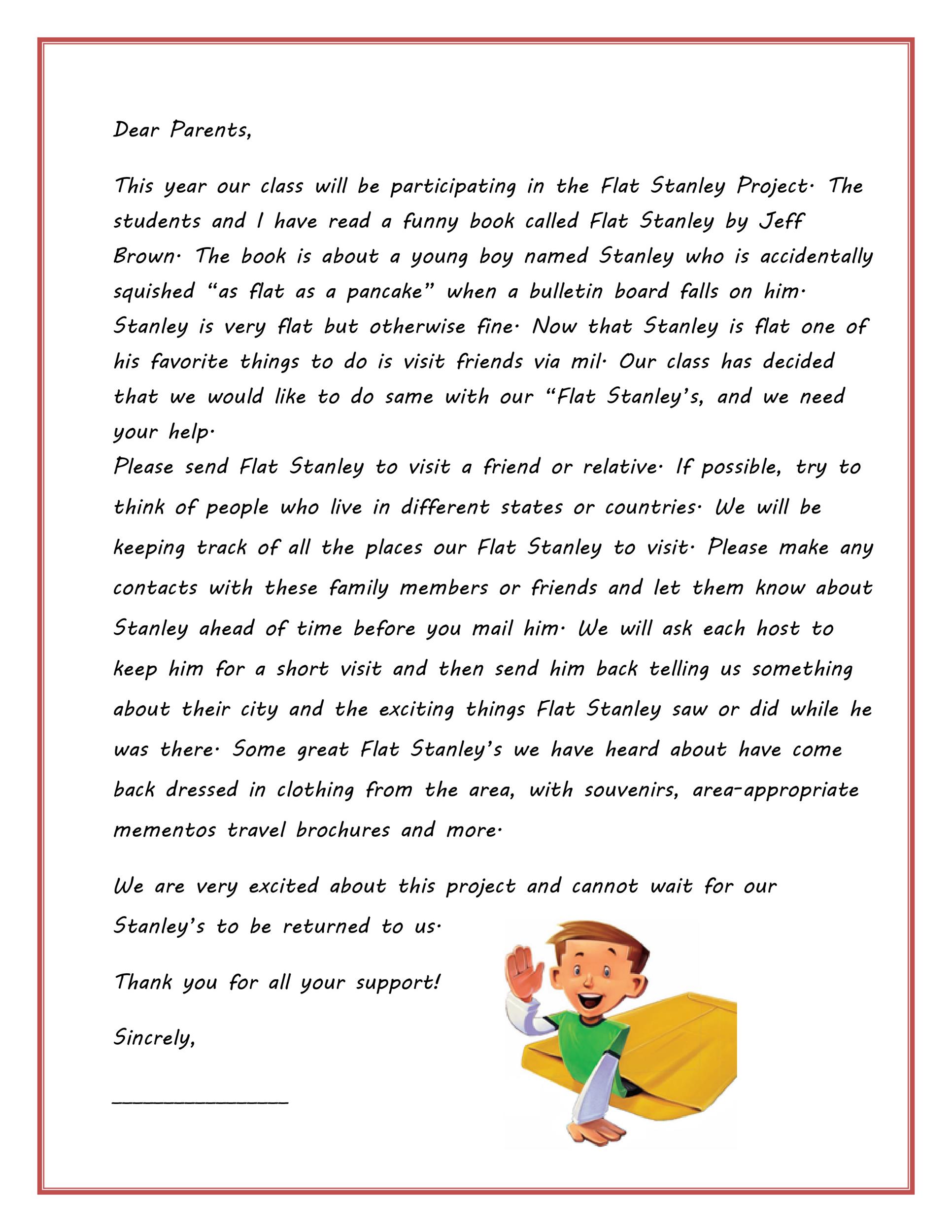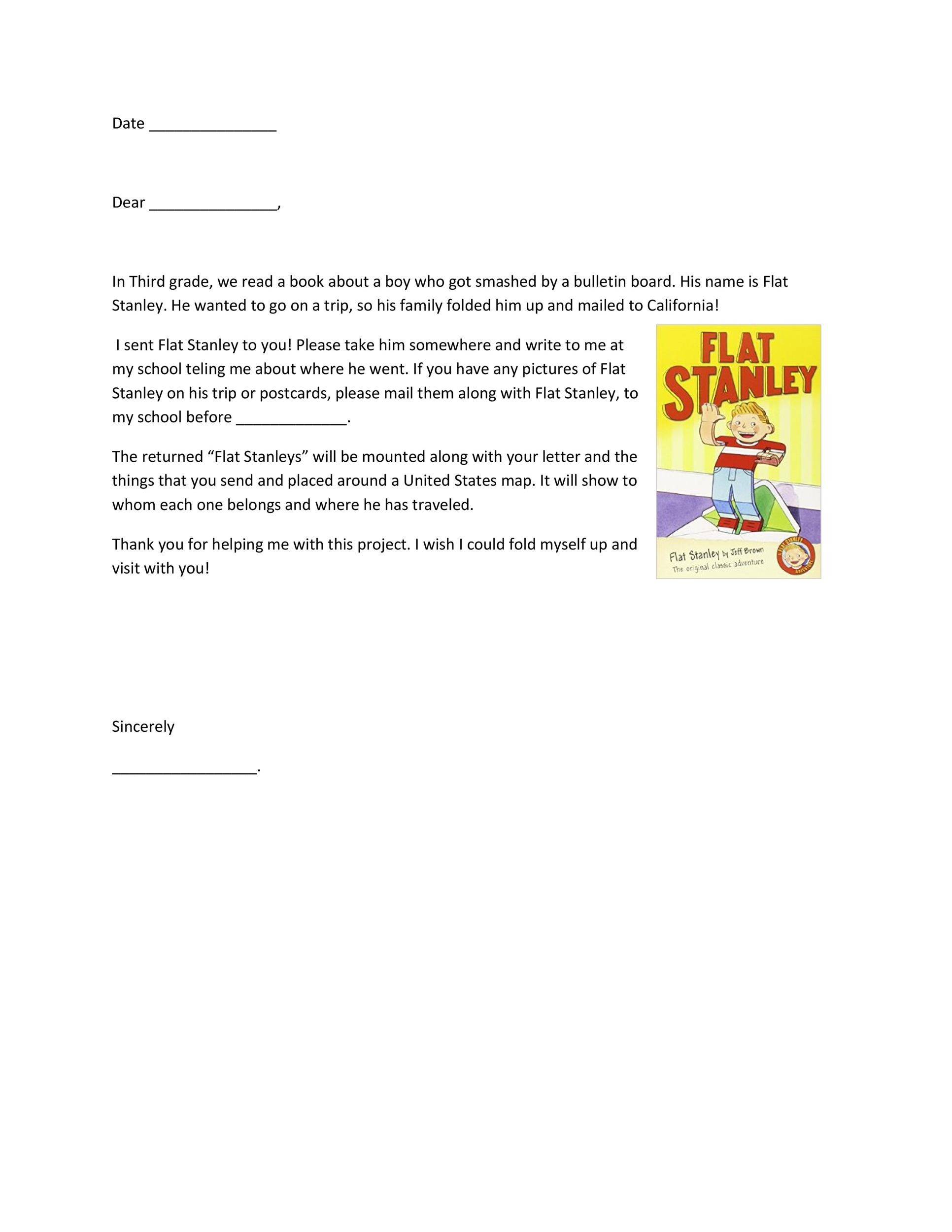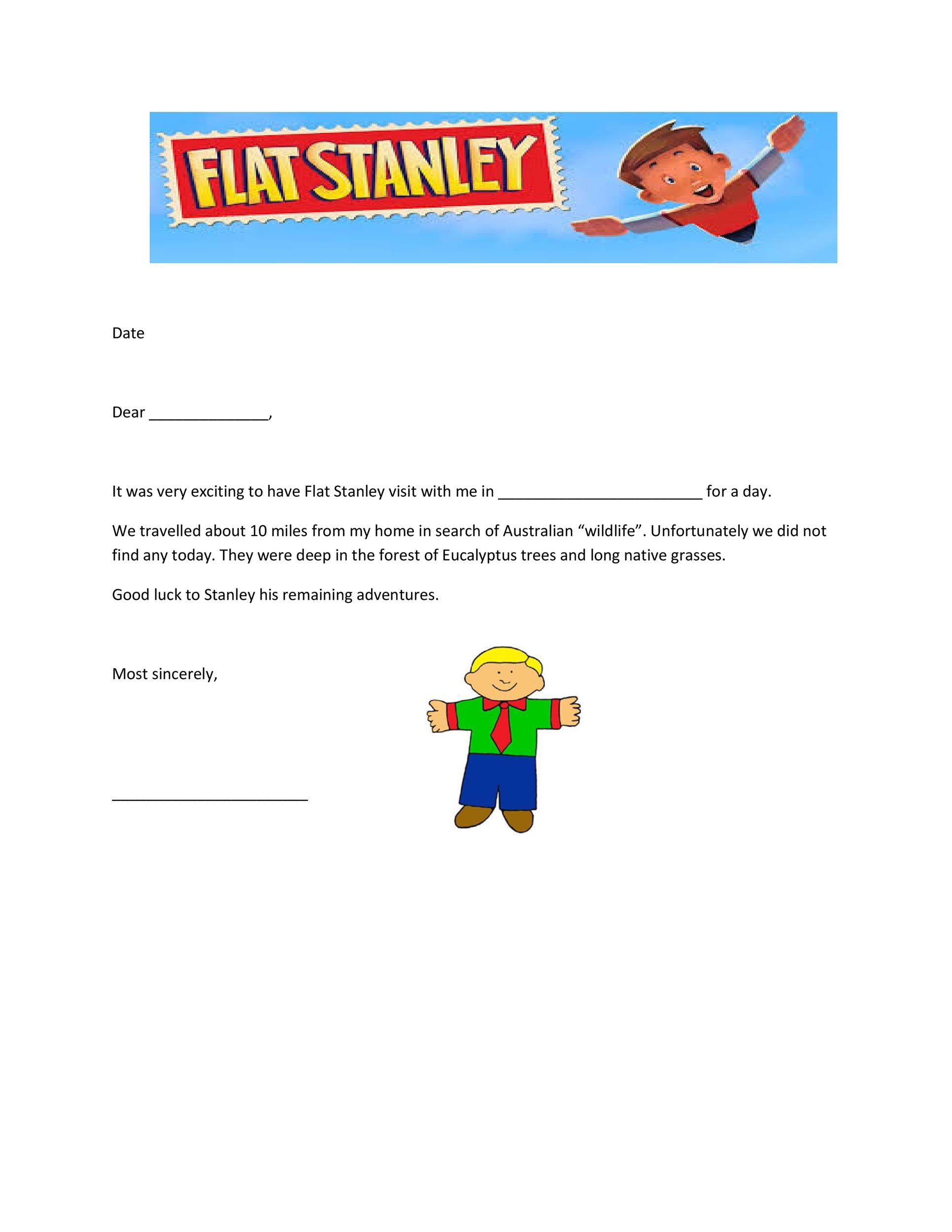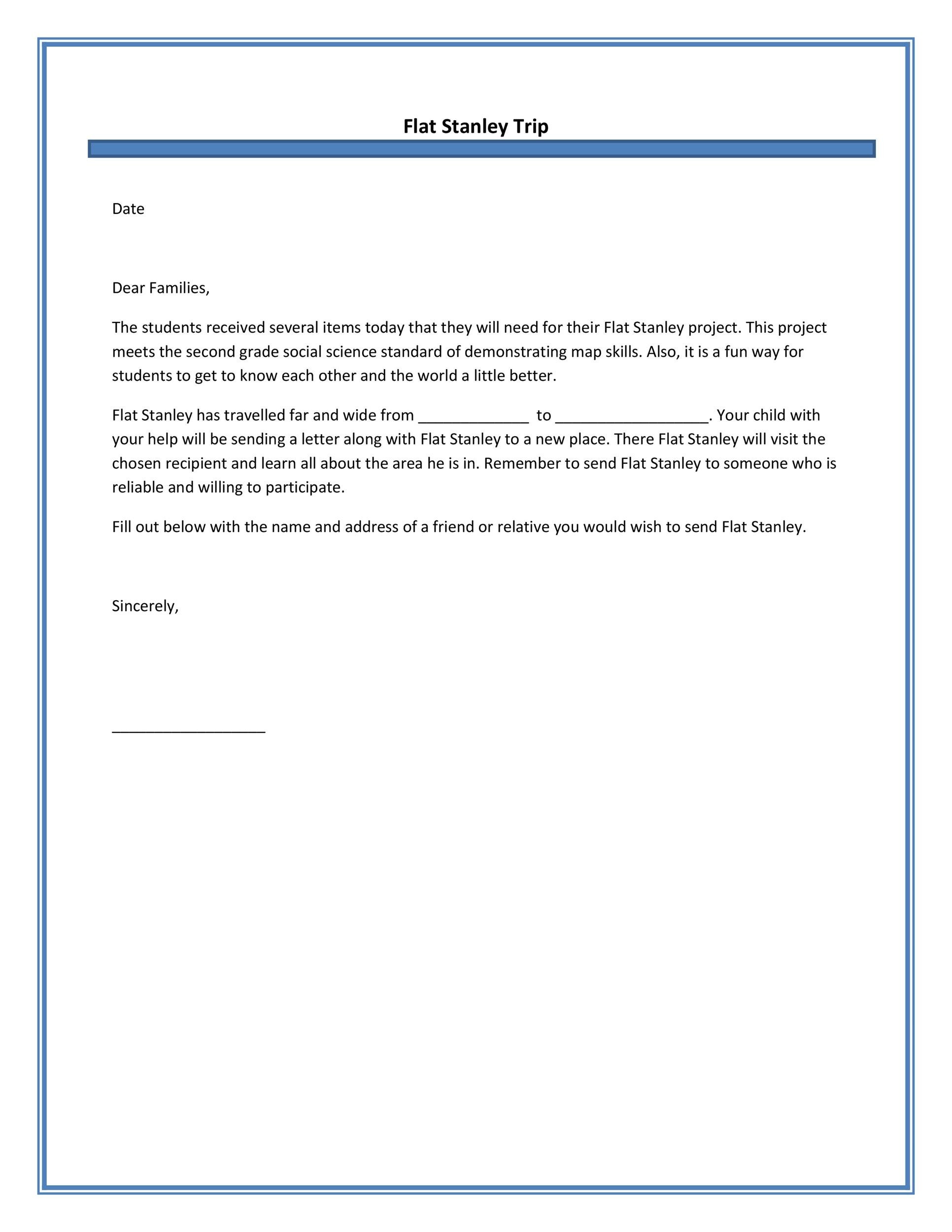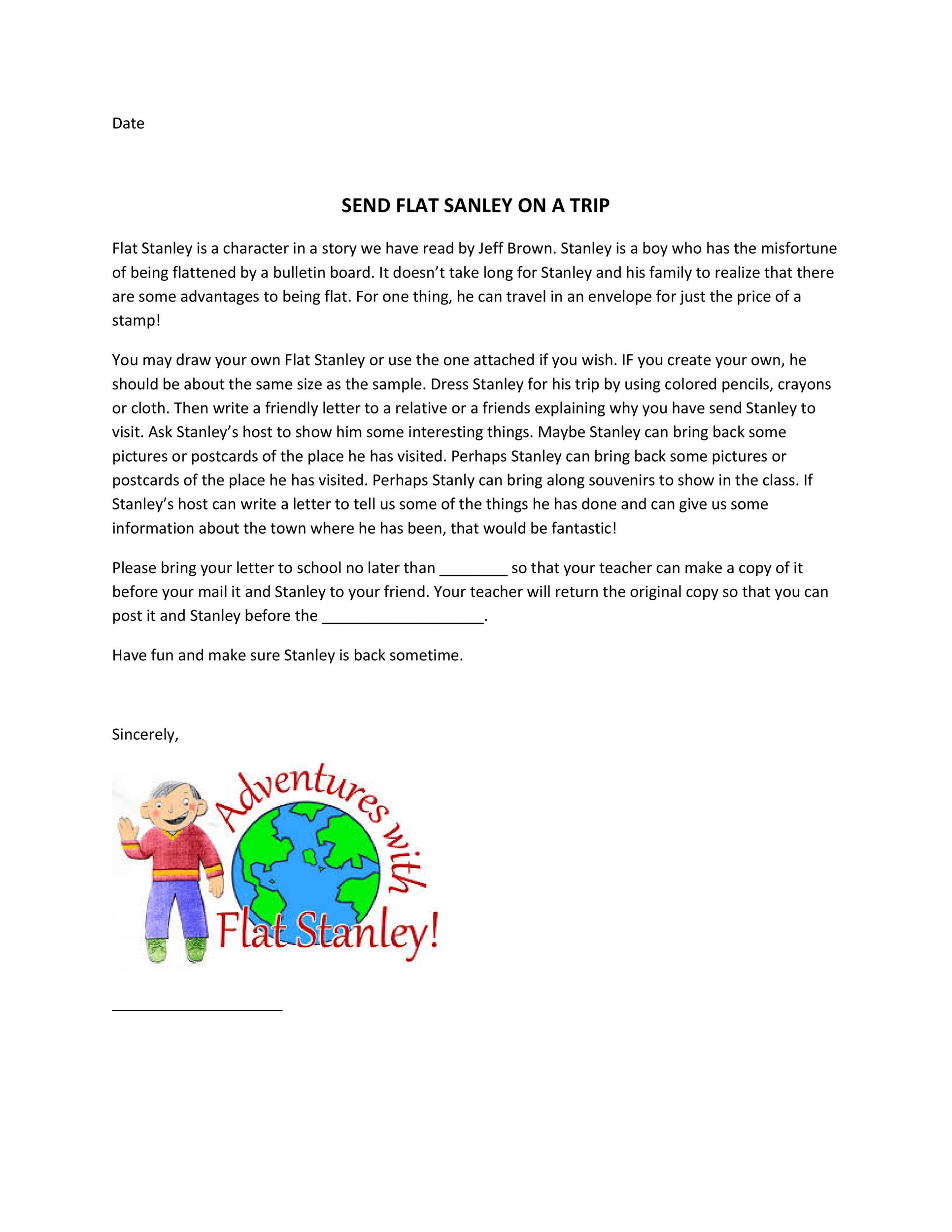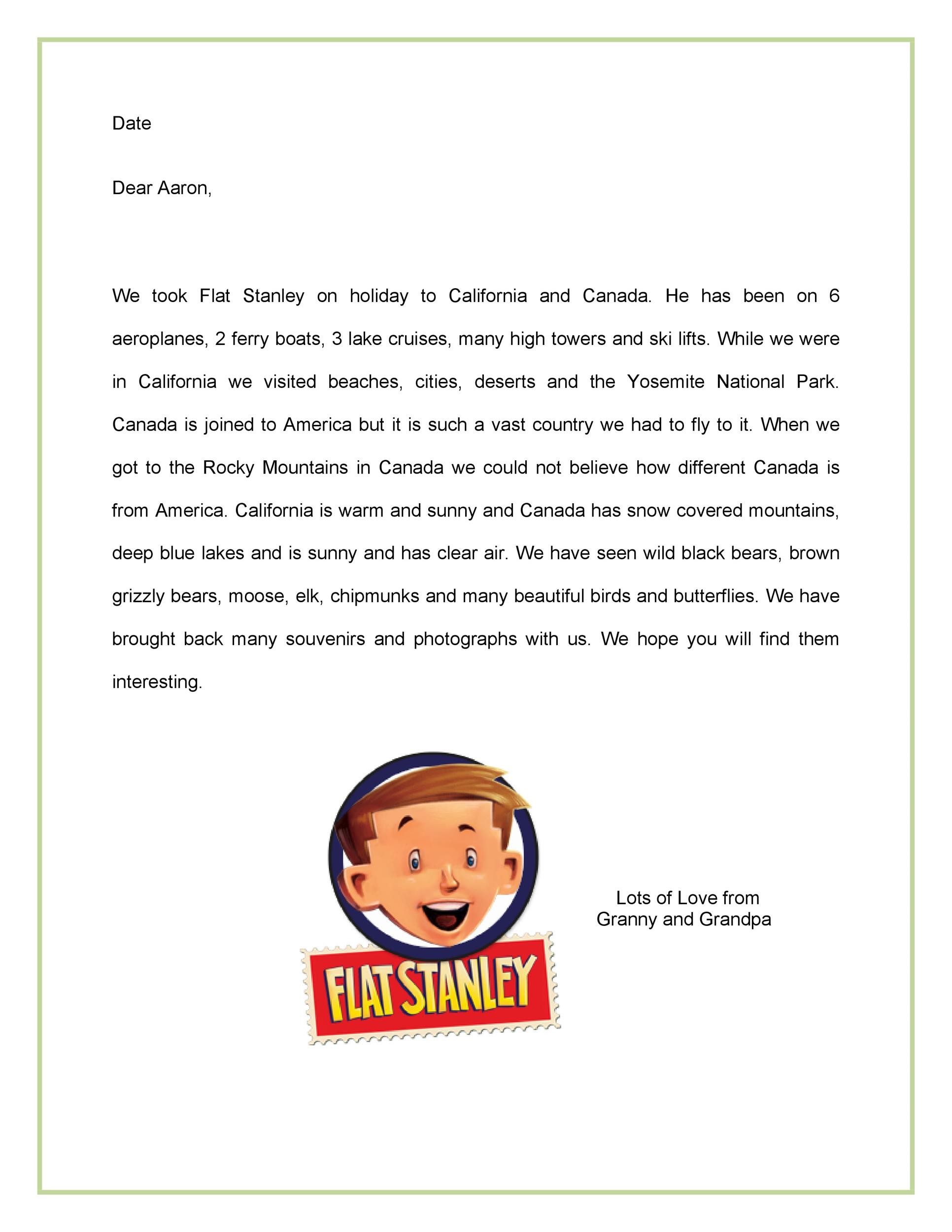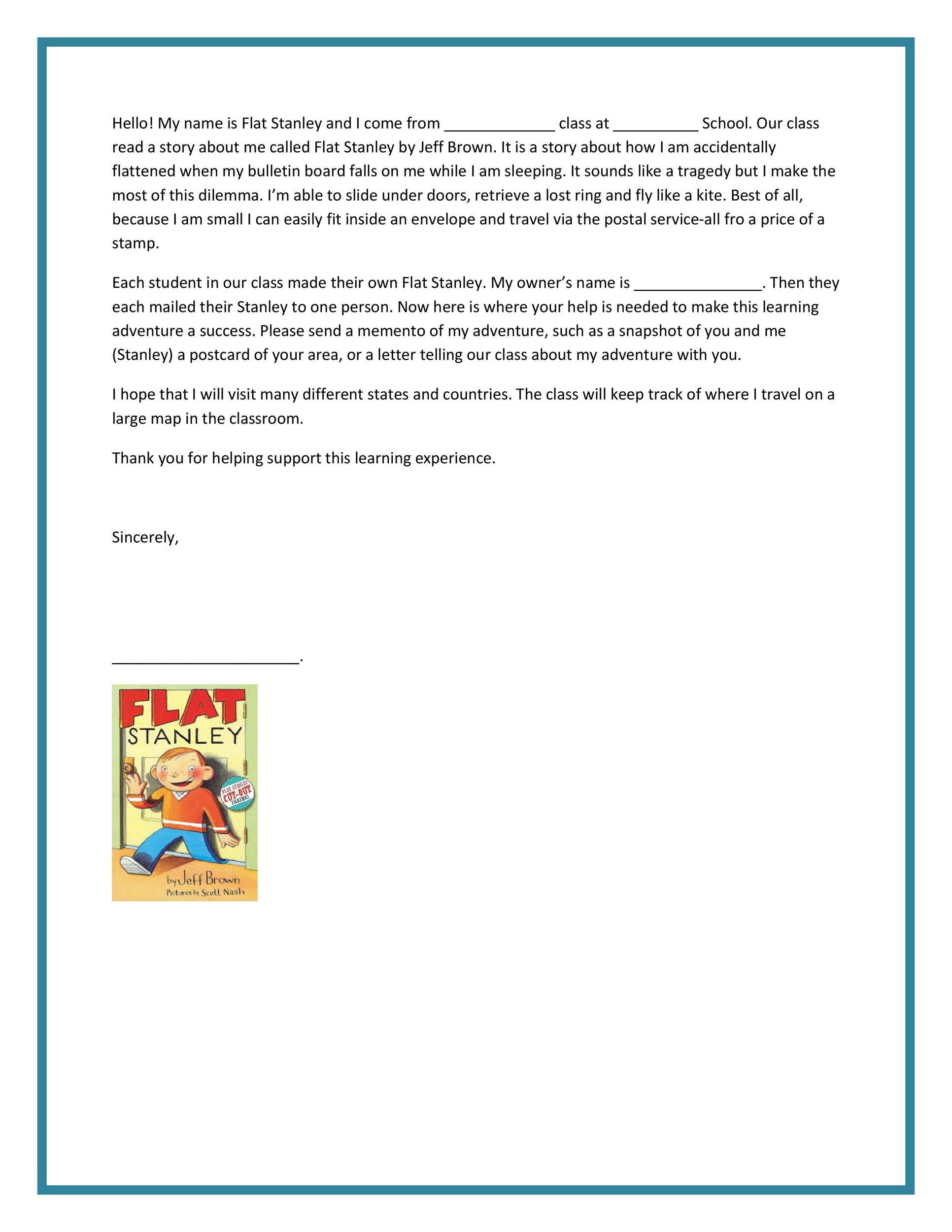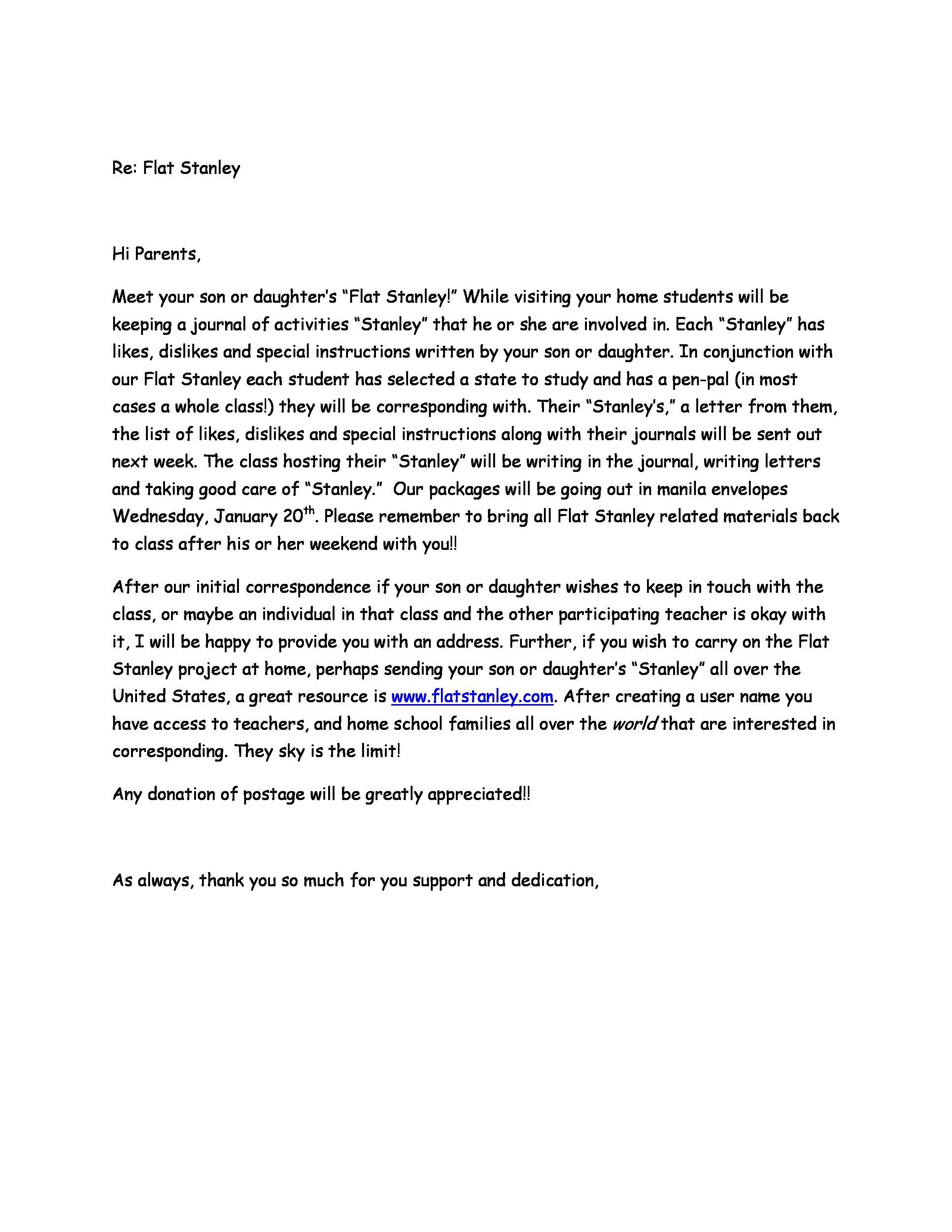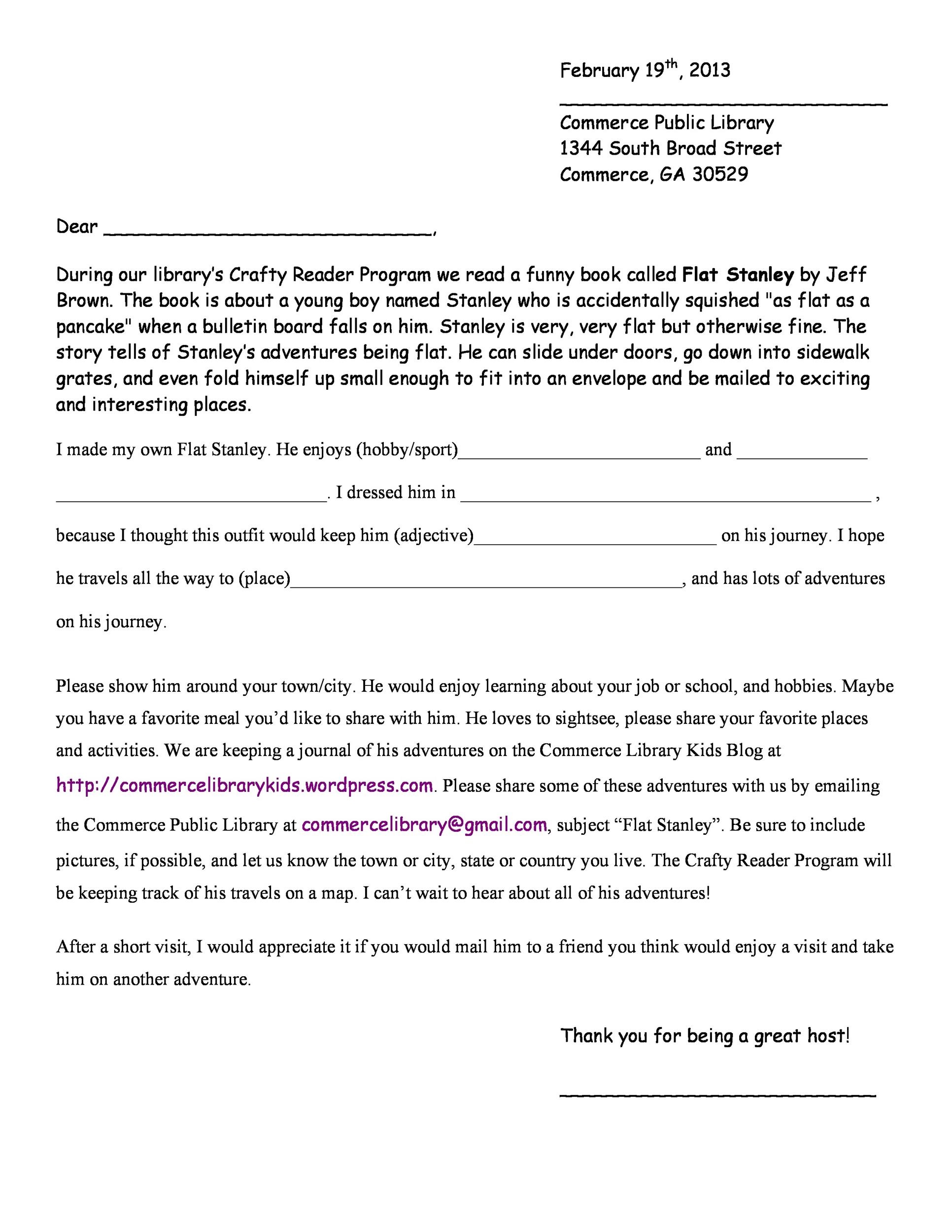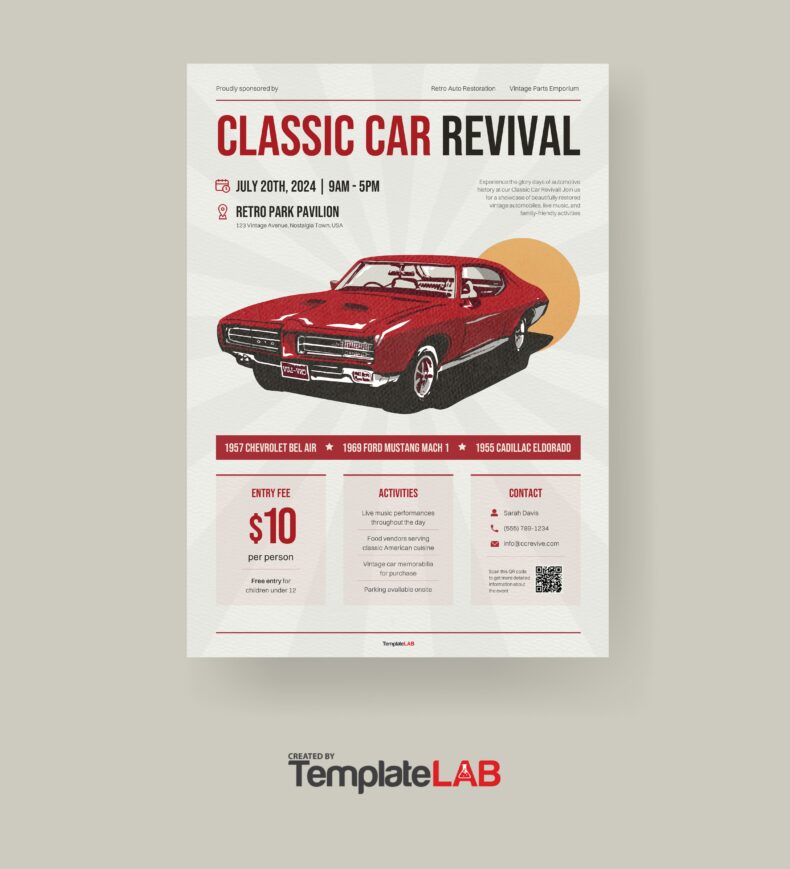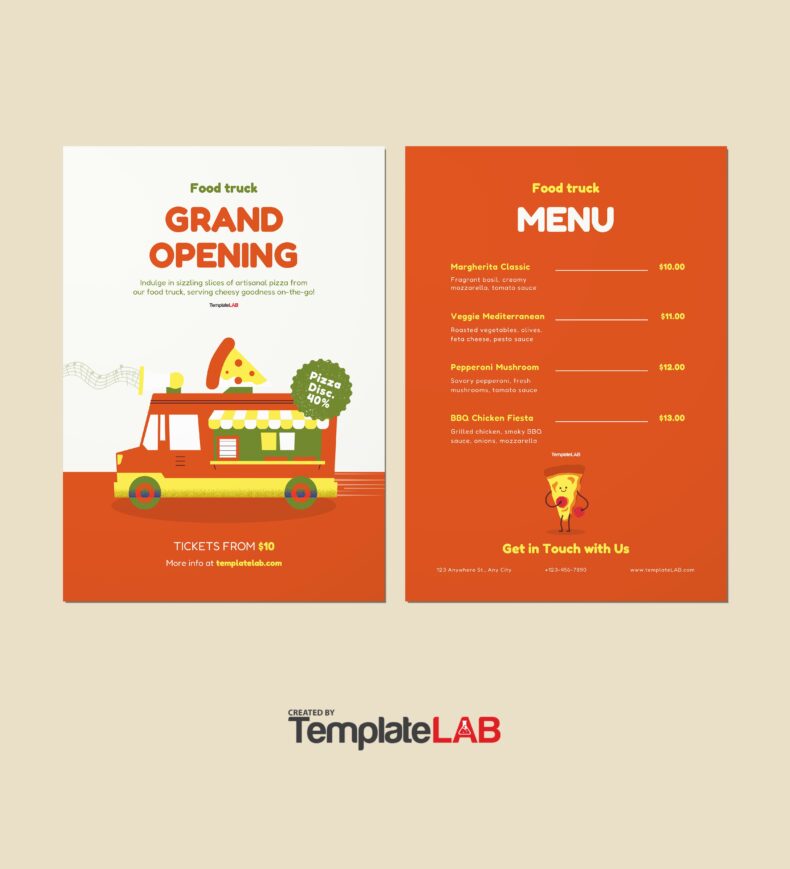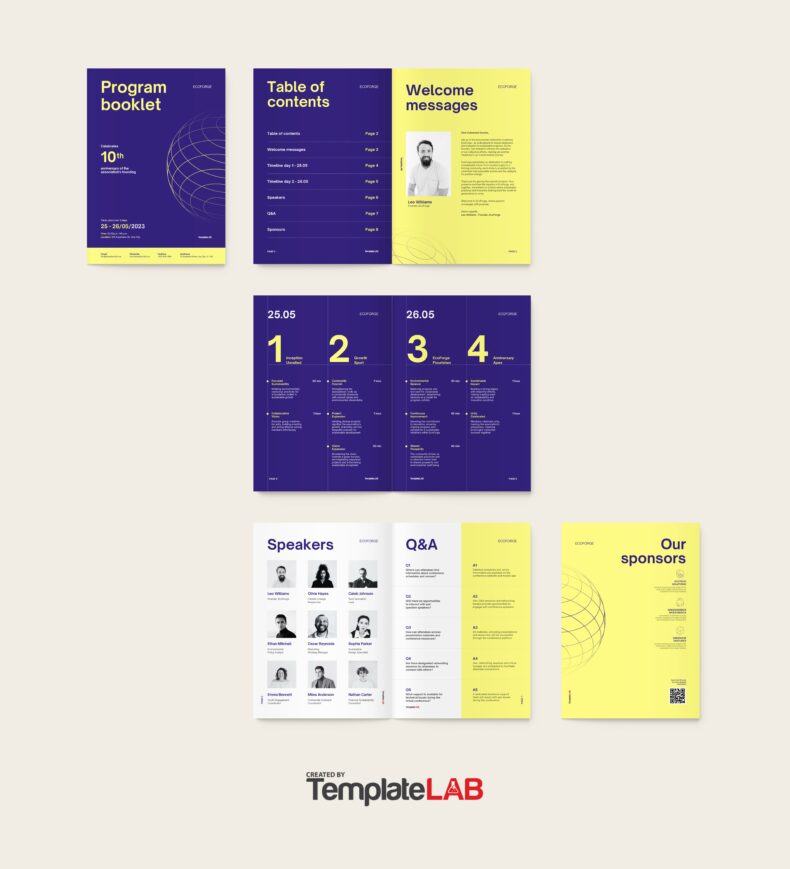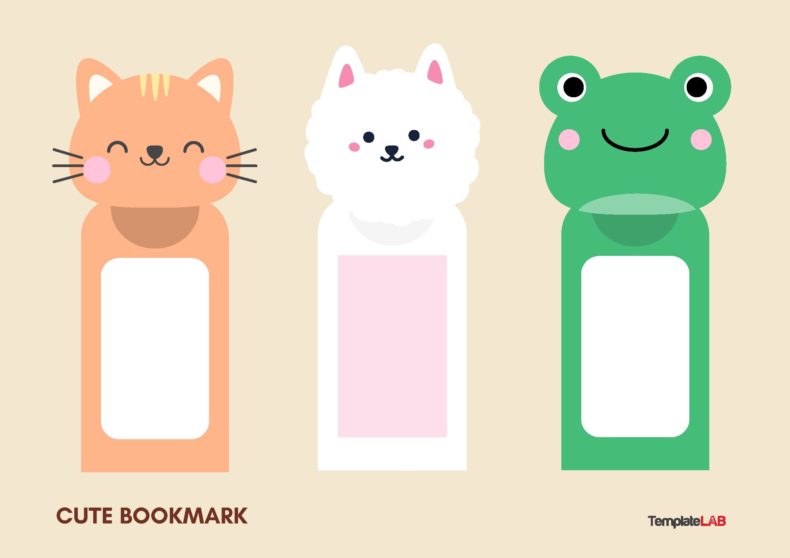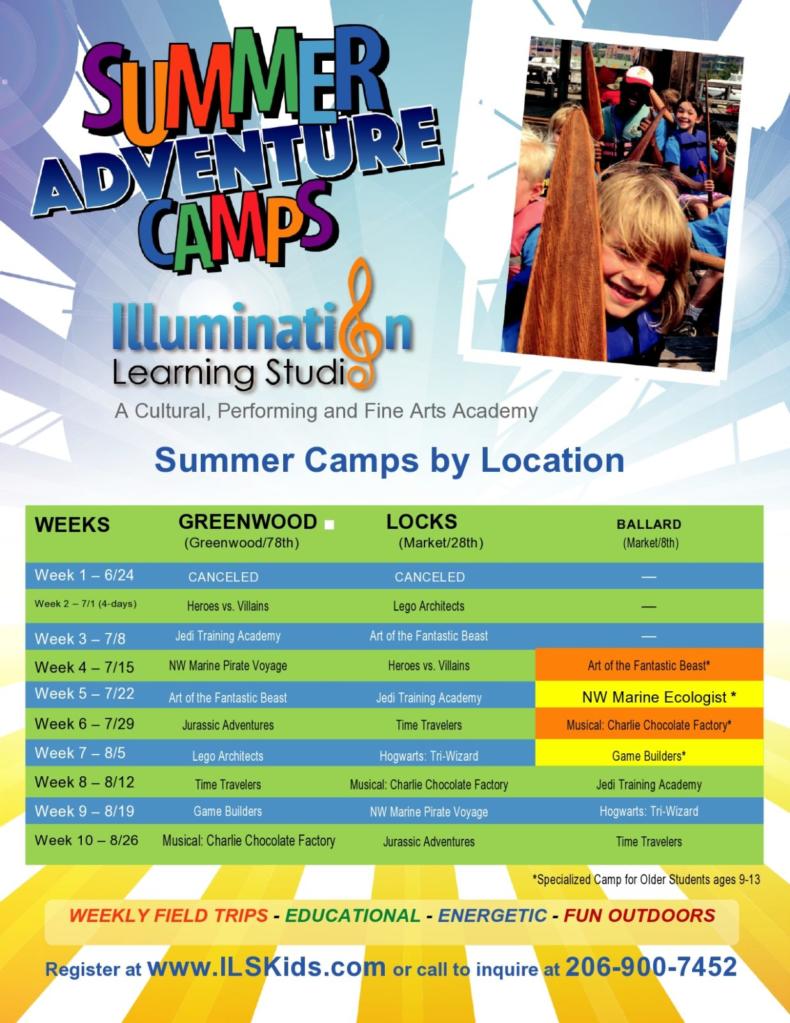Way back in the mid-’90s, the Flat Stanley Project was launched by Dale Hubert in Ontario, Canada. His vision was to let kids make their own Flat Stanley cutouts from paper and mail them to friends and relatives all around the world, the idea being to establish educational literacy projects for children and inspire them to create their own stories about Flat Stanley’s escapades. Hubert requested other teachers to participate by “introducing” Flat Stanley visitors to their classrooms whenever they were delivered by mail, and motivating the kids to bring their very own Flat Stanley ideas into fruition.
Original Flat Stanley story author Jeff Brown approved of the Flat Stanley Project, which resulted in a huge public revival of interest in the Flat Stanley character of Flat Stanley, and to which he finally responded with a follow-up novel that was published nearly 40 years following the first book.
Table of Contents
Flat Stanley Now
Today, more than 10 years since Hubert passed away in 2003, the Flat Stanley Project has grown into a distinctive, inter-generational, worldwide literacy activity that encourages many children to improve their language skills every day. The program is a part of over 6,000 school curriculums in 88 different countries all over the world, and is integrated into the teaching plans of over 15% of all US elementary schools.
Flat Stanley Letter Examples
How the Flat Stanley Project Operates
The primary goal of The Flat Stanley Project is to engage children in all kinds of educational environments with other children and schools taking part in the program by mailing out (either digitally with a special app or through the post office) paper “flat” classroom guests, all of which are made by the kids. The children then discuss, monitor, and create a journal of their own Flat Stanley ideas and activities.
While its concept is reminiscent of a penpal project, Flat Stanley is truly a lot more rewarding. Since the children are always creatively involved and stimulated while writing, and both the mailers and the receivers already share a mutual friendship with Flat Stanley, their writing and learning skills become sharper, more natural, and usually more imaginative. This is why educators refer to it as an “authentic” language skills activity, since children are motivated to create their own unique contributions to the project and are free to write whatever they want using the Flat Stanley character as a creative launching pad.
Setting up an Exchange
To initiate a Flat Stanley Project, first register at the program’s website and sign in. After that, browse through Flat Stanley’s list of participants to find a place you’d like to send Flat Stanley, the participants who could be sending you a Flat Stanley letter and cutout, or a location where you can schedule an exchange. It’s probably wise to email your correspondent at this point to verify the exchange.
Flat Stanley Templates
How to Create a Flat Stanley Template
After you’ve selected your Flat Stanley correspondent, let your students make their Flat Stanley characters. They can do this any way they want, but a lot of them browse through images of other Flat Stanley printable characters, which they can use as stencils or templates for their own figures. They simple have to trace out their own character’s form from the Flat Stanley printable template, and then color and accessorize them however they like. Once your Flat Stanley is ready to begin his adventure, you’ll want to write your school’s name, return address, and email on the reverse side. You might also like to record Stanley’s beginning point in your classroom, or create a photo, journal entry or biography related to your own flat figure.
After the exchange, you can bring the cutout you receive from your correspondents along with you to exciting places and record your journeys with a camera and a journal. After you set up a free blog account, upload the pictures along with some descriptive text to the Flat Stanley Project photo gallery page. Scores of kids all over the world have participated in Flat Stanley’s journeys, and now your classroom can join in on the fun by uploading their own pictures to the Flat Stanley Project.
Educational Opportunities
After the children mail or email their characters, each new day will be an exciting opportunity to discover what Flat Stanley has been up to as he travels to his selected arrival point. A number of learning opportunities in various subjects can be integrated into the process, a few of which include:
- Geography, by discussing and tracking Stanley’s journeys and destinations
- Math, by sharing information on times, coordinates, and distances
- Narrative writing, by writing journal entries and character backgrounds
Recording Flat Stanley’s Adventures
The Flat Stanley Project offers several great opportunities to talk about your Stanley’s experiences, monitor his or her trip, and learn about the fun he or she is having while traveling across the world. Our Facebook page often features neat material from our co-owners, like Flat Grannies on Safari, and you can discover an entire RSS feed of Flat Stanley projects and photos with the convenient Flat Stanley App. We invite you and your students to make use of all of these options to post stories, explain about your regional customs and landscapes, and upload photos.
The Flat Stanley Template for Letters
The letters are created with a Flat Stanley letter template and exchanged along with the Flat Stanley character cutouts. Documenting experiences and information in a Flat Stanley letter is an integral part of the Flat Stanley Project, as it is the best opportunity for your children to get detailed information about their correspondents and to provide their own. It’s always simpler to reply to a letter when there is some basic information referenced in it, which is where the templates come in very handy as they streamline the information-sharing process.
Here are a few examples of things you may want to include in your classroom’s Flat Stanley letter template:
- Weather: Local climate and seasonal temperature variations.
- Location: Latitude, longitude, and location in relation to major cities.
- Population: The general number of people in your city and school.
- Special Features of Your Location: Popular regional sports, activities, pastimes, places of interest, and businesses, as well as what they like best and least about the area.
- Wish List: Any cause or issue that’s important to them or that they would like to do in order to change their school, neighborhood, or the whole world for the better, and that other Flat Stanley buddies could possibly help them with.
- Books and TV: Any books or TV programs they’re currently involved in at home or in the classroom.
- Seasonal Recreation: A description of popular regional activities based on the time of year, which reveals the similarities and differences to kids between their own and other regions.
- Free gifts: Things such as local foliage, coins, peel-offs, postcards, and pictures from the area.

